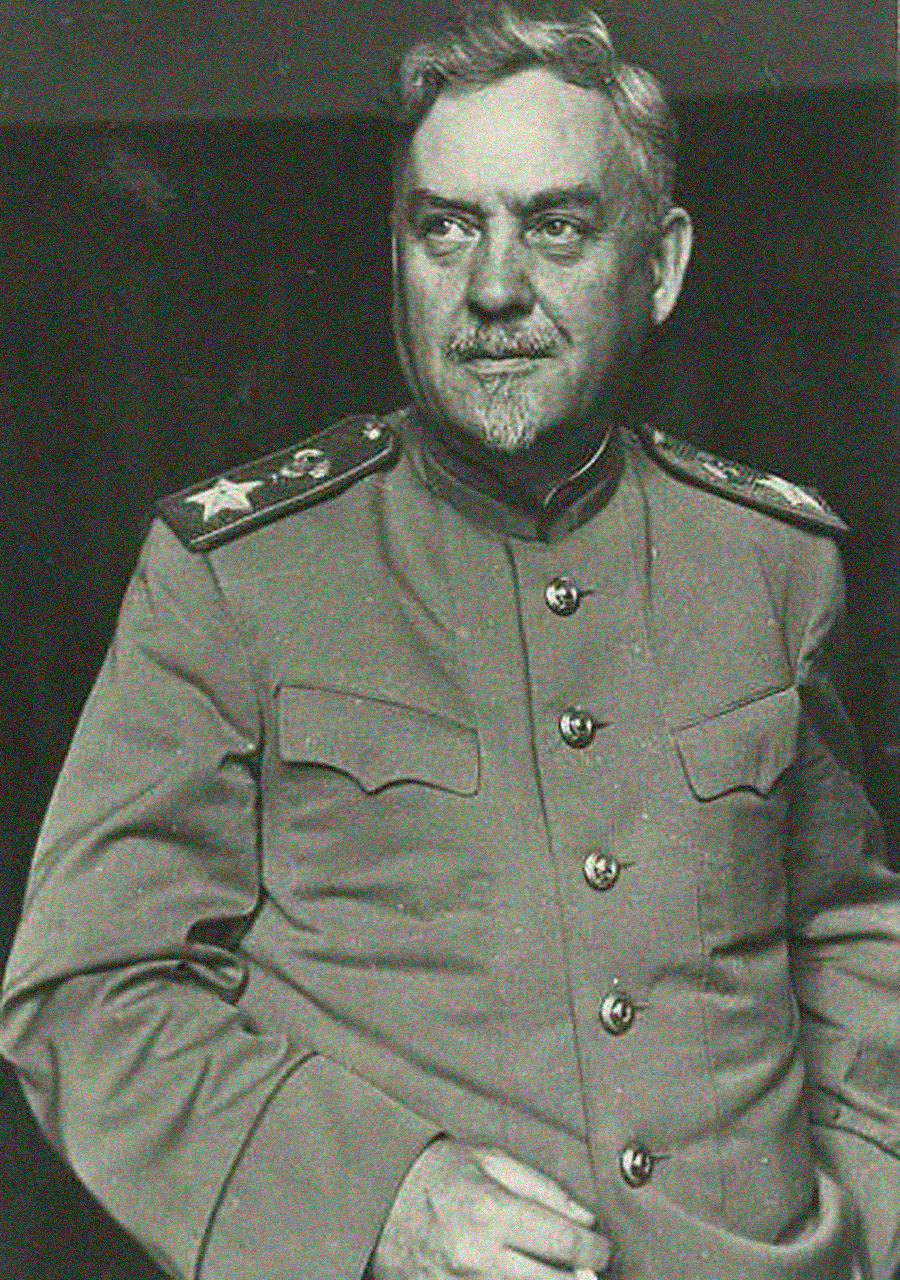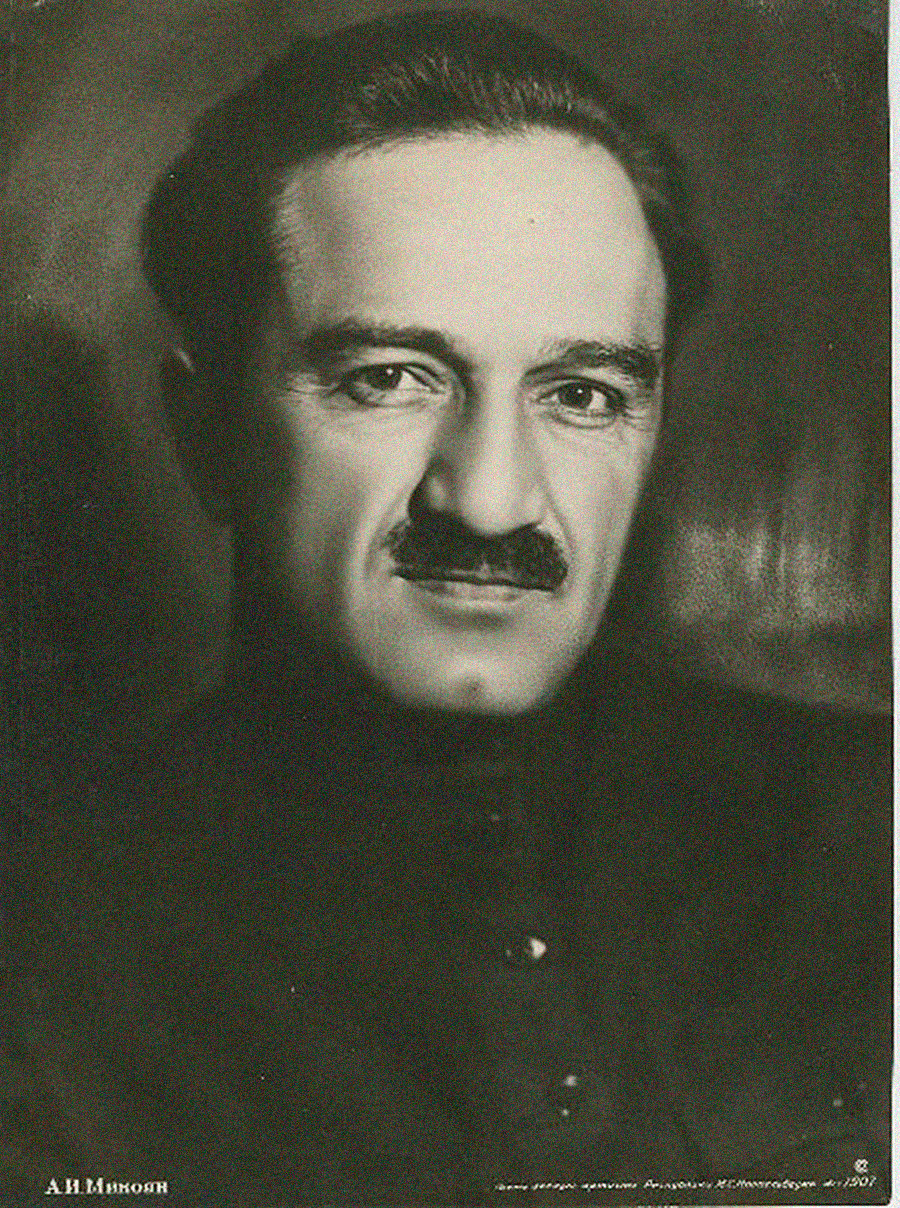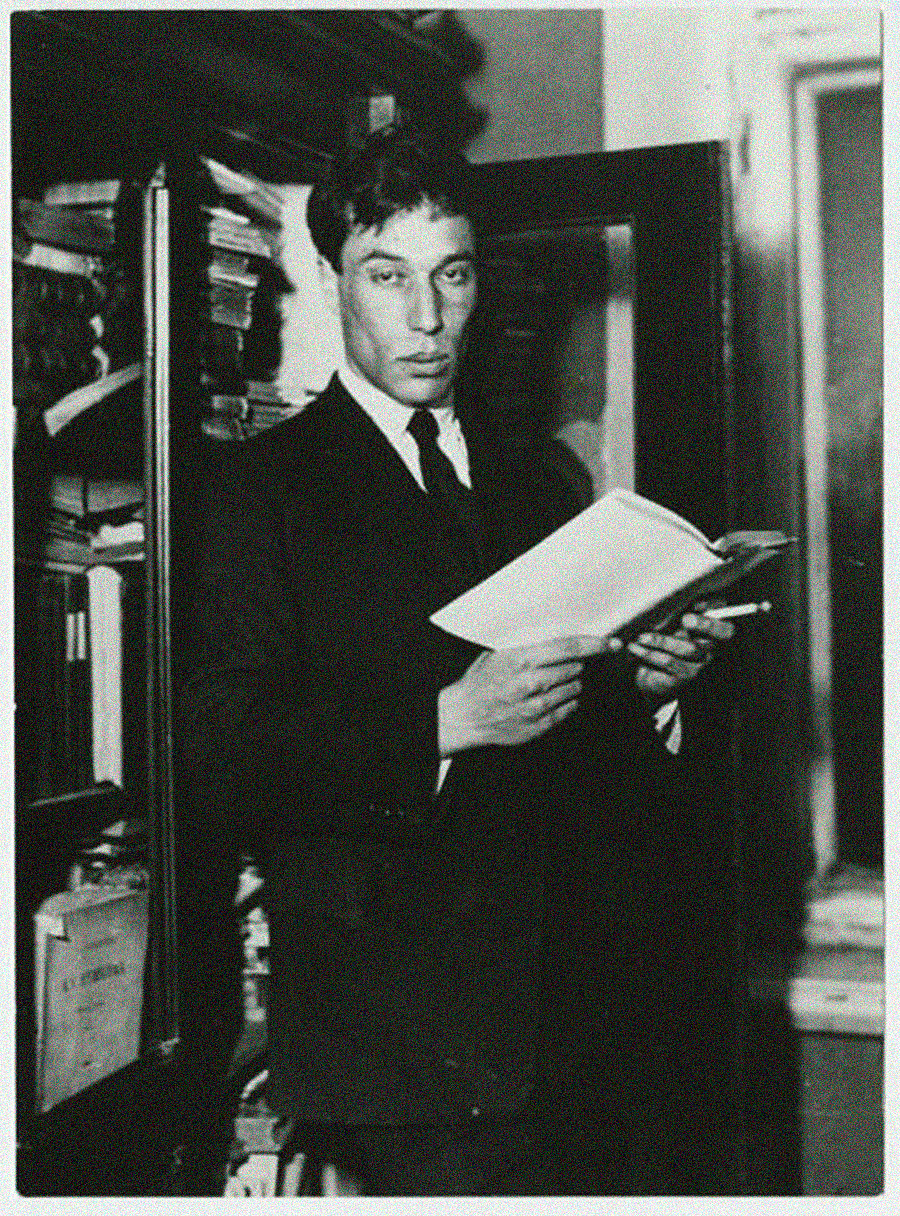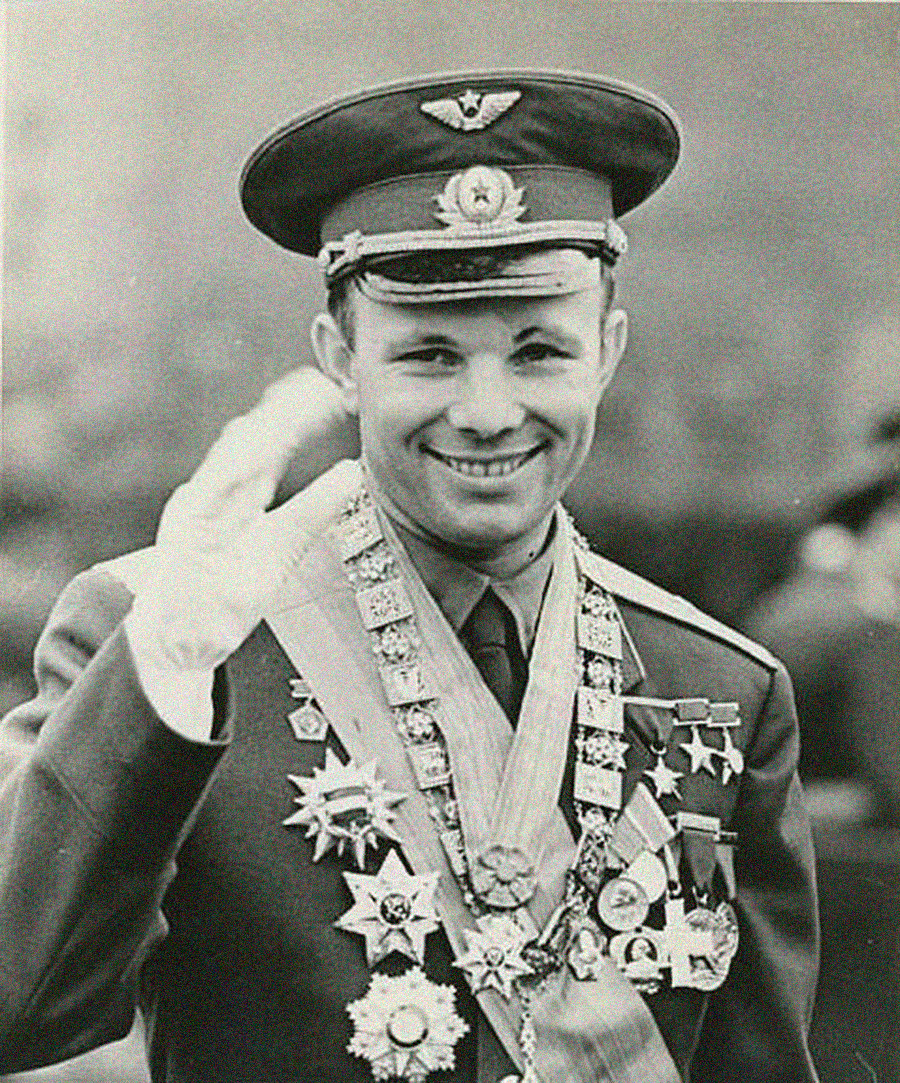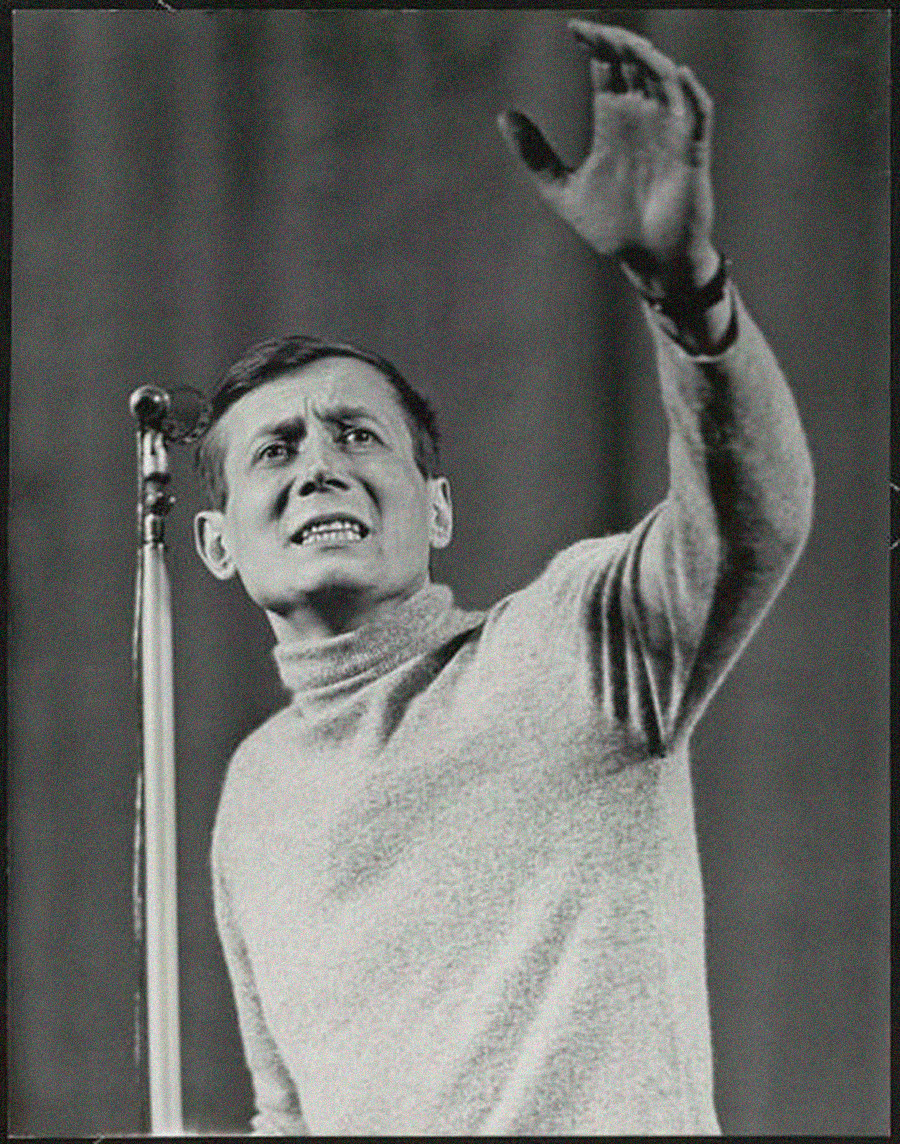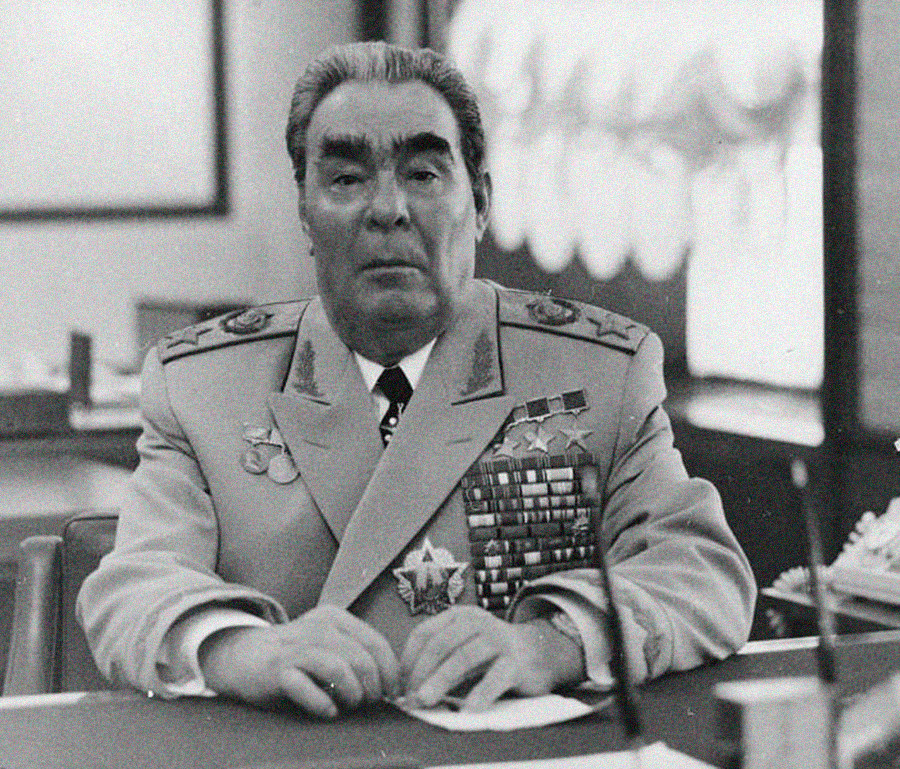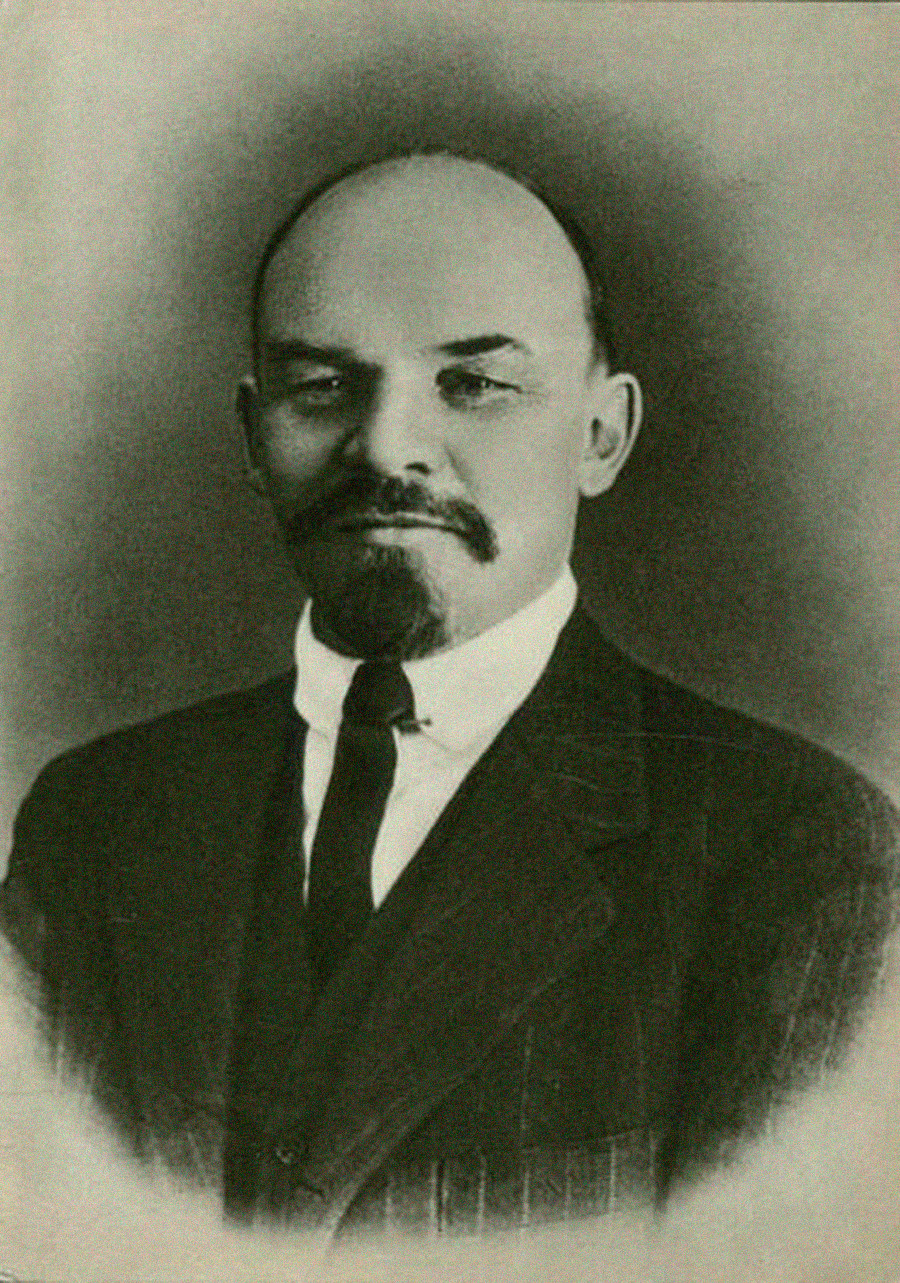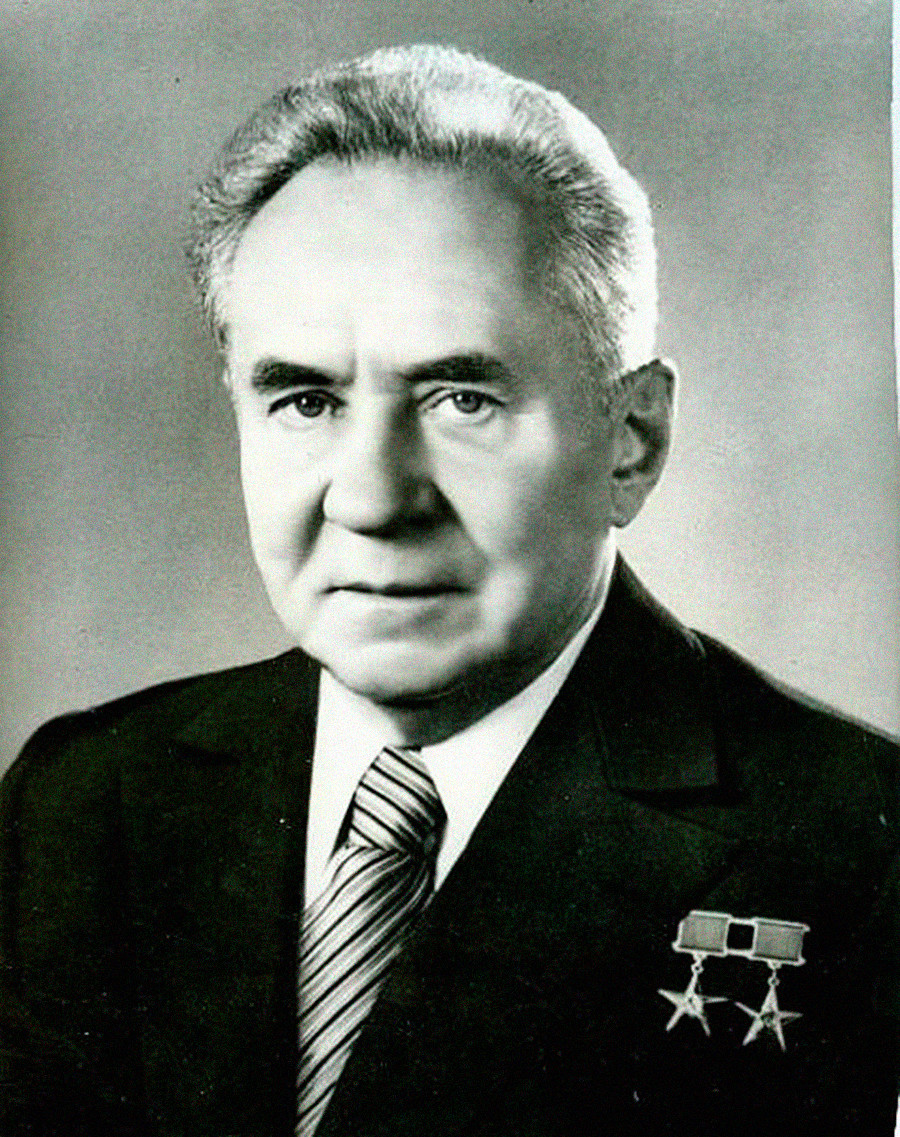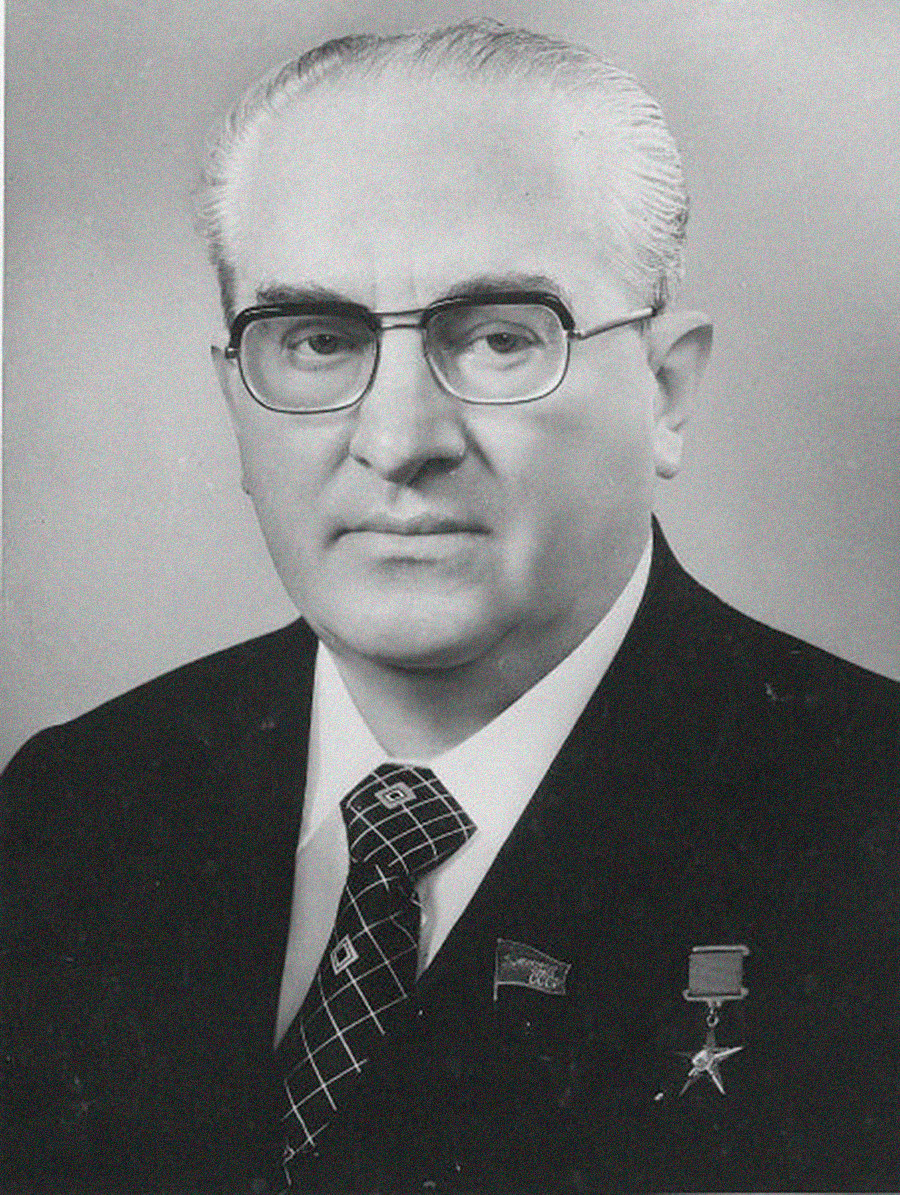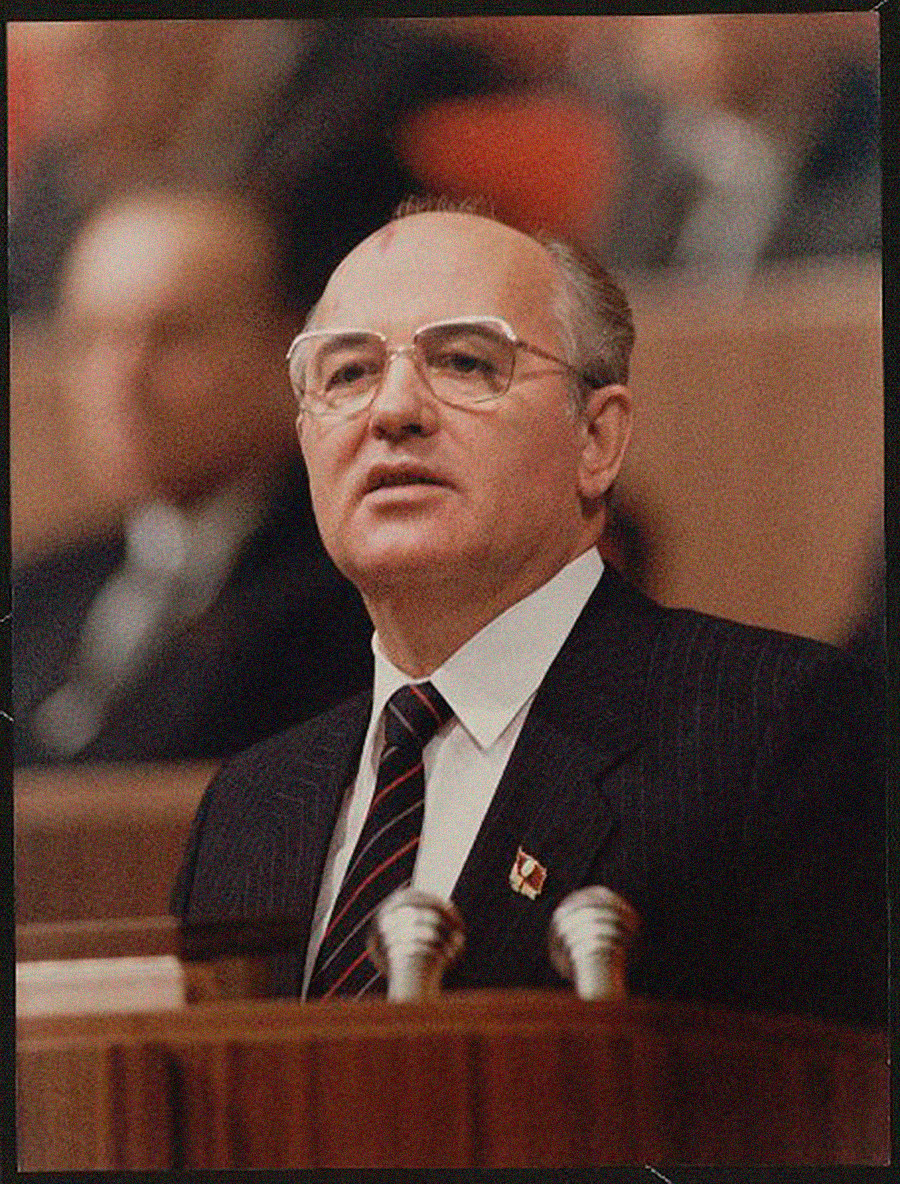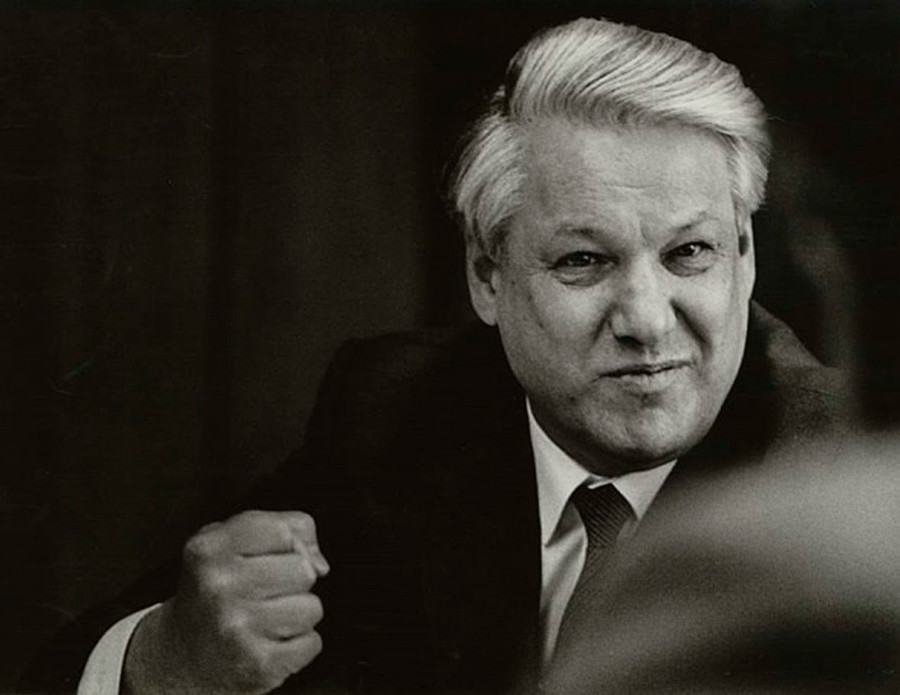All 57 Russians that graced the cover of Time Magazine
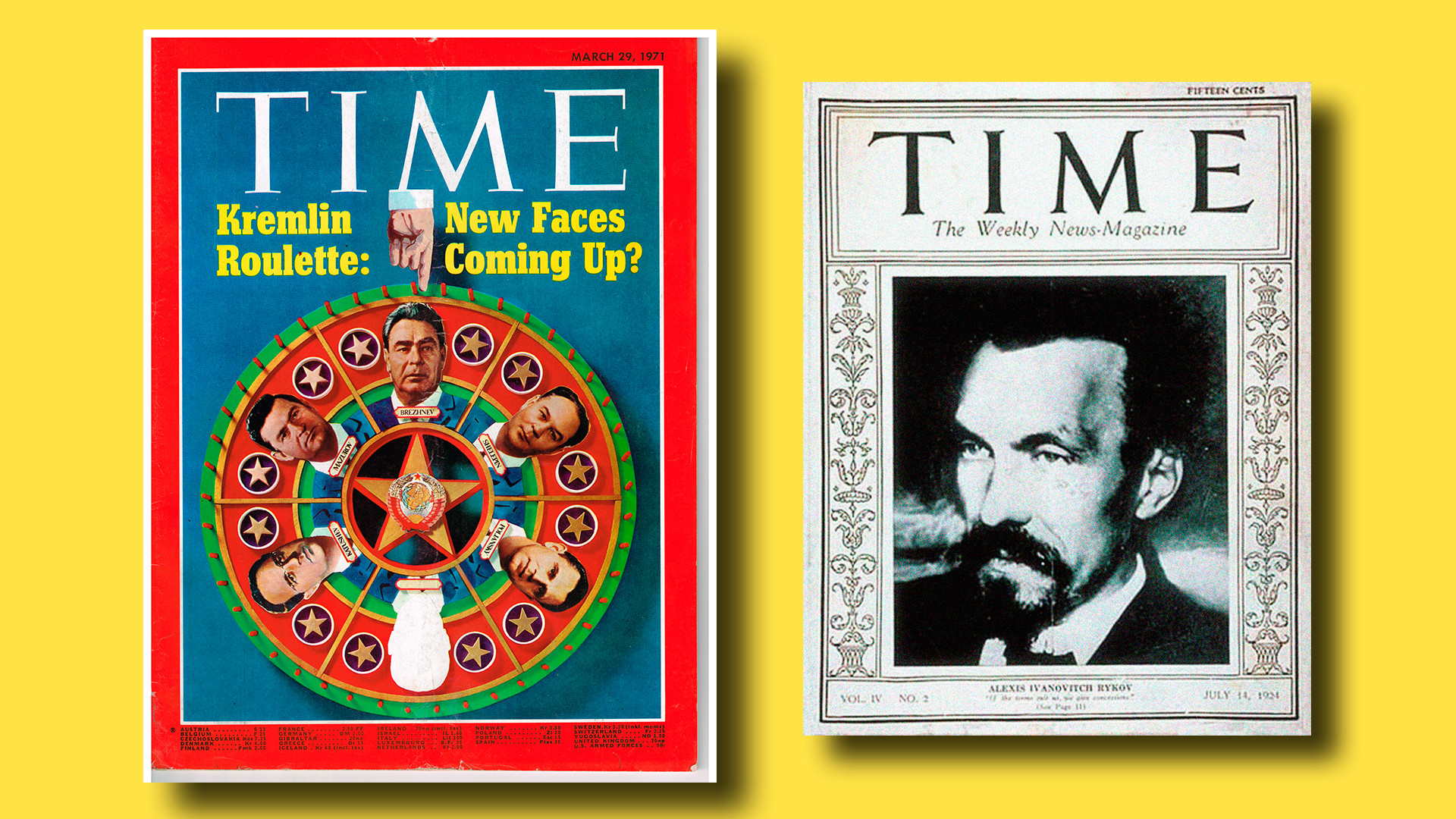
1. Alexis Rykov, July 1924
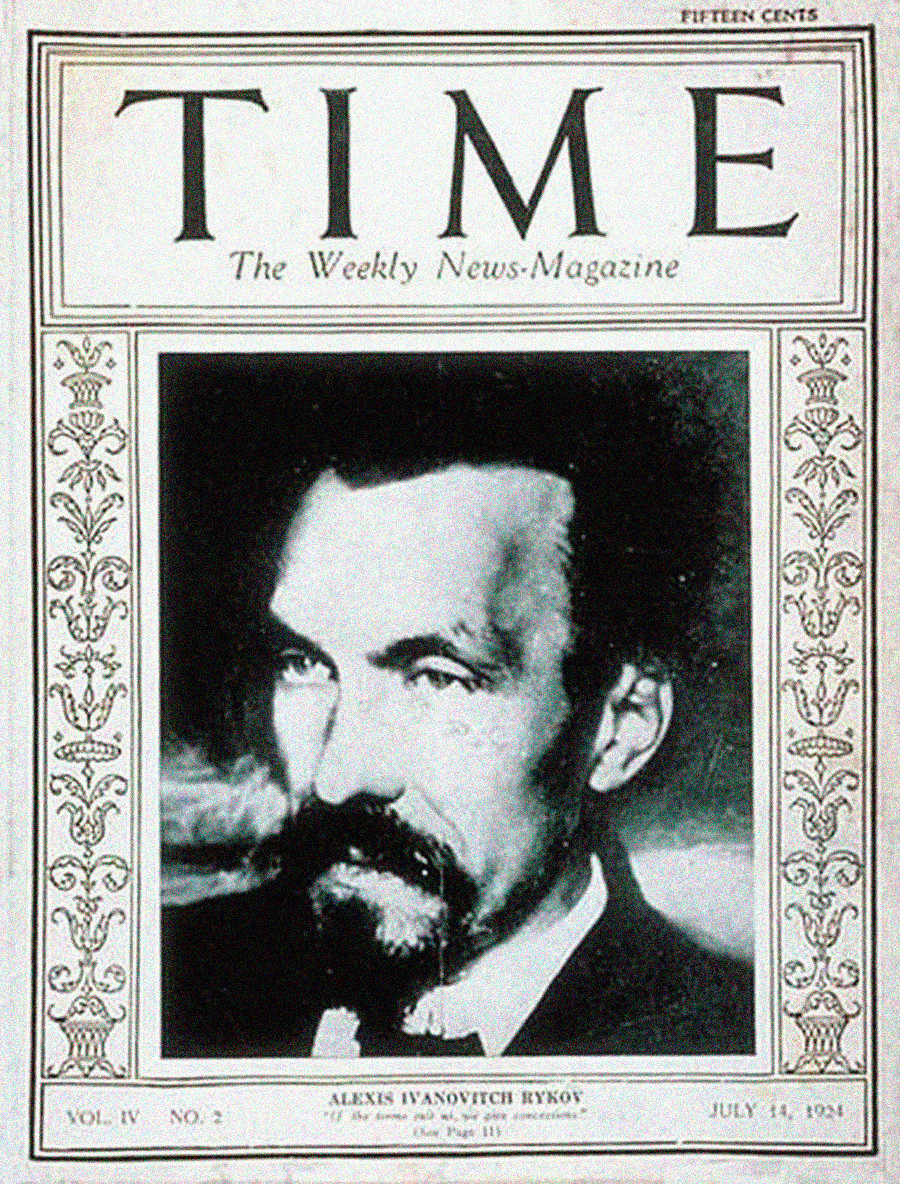
Click here to see the cover.
Alexis, or Alexei, Rykov was a Russian Bolshevik revolutionary who gained prominence as Premier of the Soviet Union in 1924 to 1930, but fell victim to Joseph Stalin’s terror.
2. Leon Trotsky, May 1925
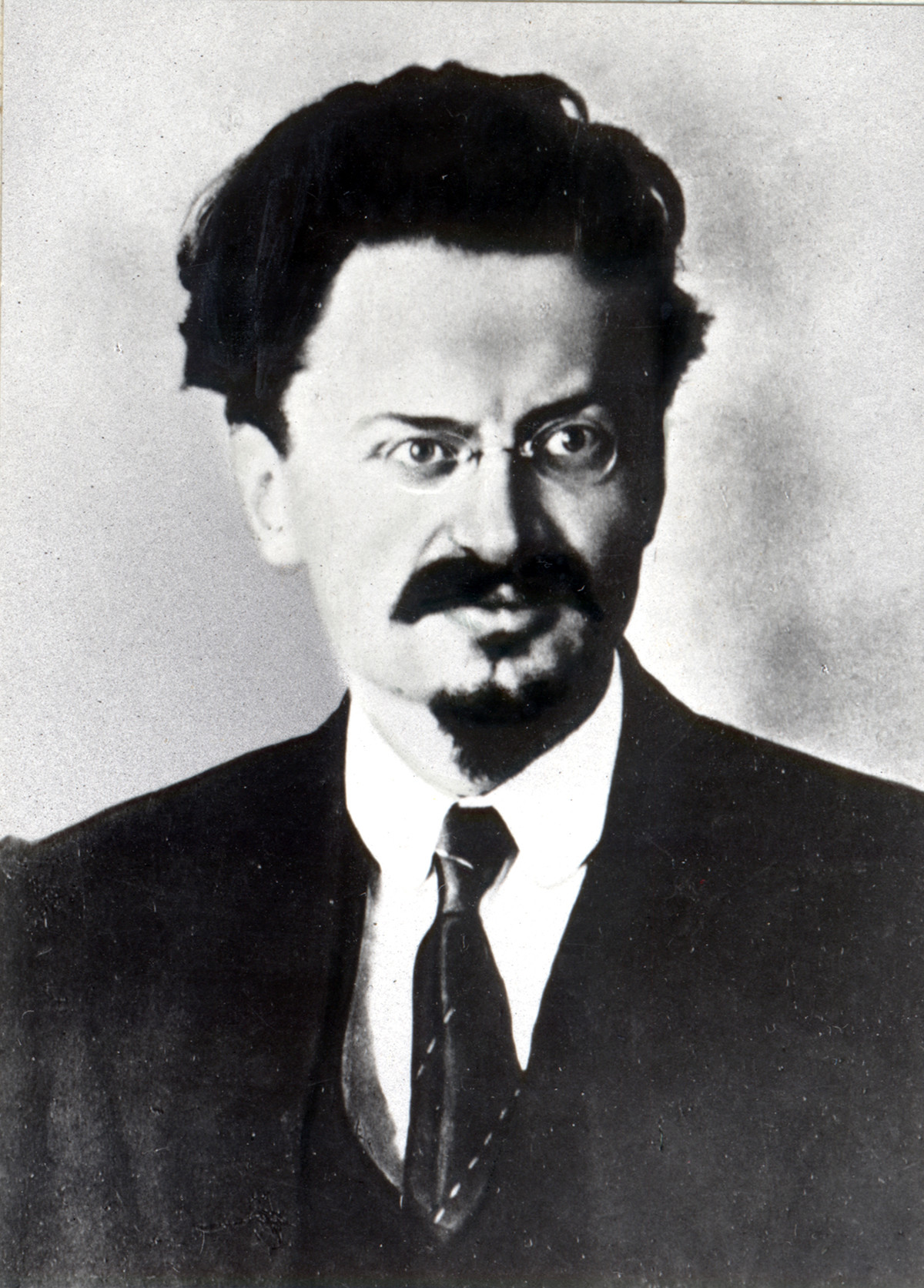
Click here to see the cover.
This notable Russian revolutionary developed a new version of Marxist ideology that became known as Trotskyism. After he lost his position of power in the USSR, he was exiled. After a few failed assassination attempts, Trotsky was eventually murdered by a Spanish-born NKVD agent in Mexico.
READ MORE: Leon Trotsky: 6 facts about the disgraced Russian revolutionary
3. Michael Kalinin, November 1928
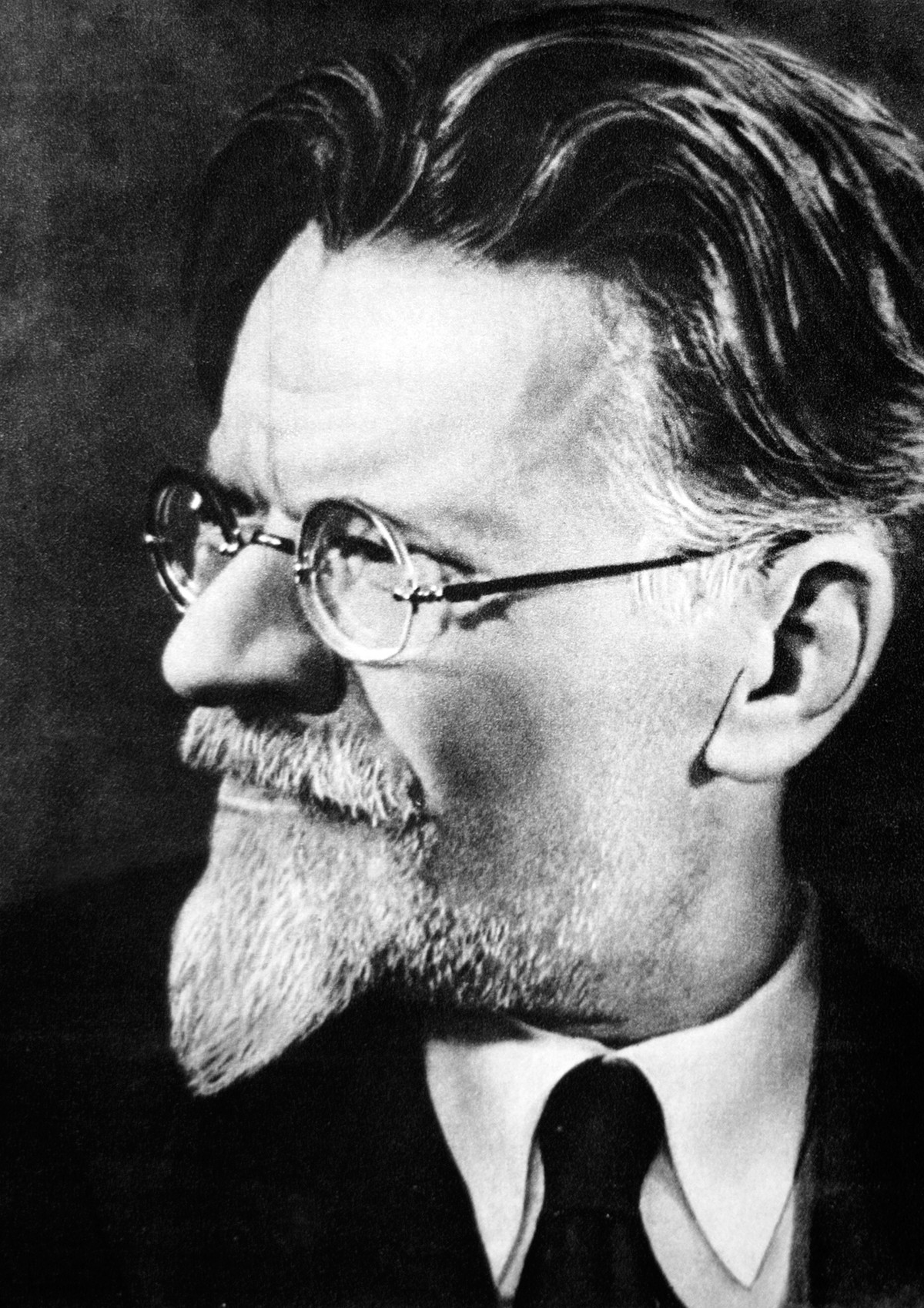
Click here to see the cover.
Time Magazine called Kalinin Russia’s ‘Peasant President’, because this Soviet revolutionary was indeed born into a peasant family, but had climbed to the top of the Soviet power ladder when he became the head of the new Soviet state. He retained the office even after Stalin’s rise to power, although it commanded little real influence.
4. Viacheslav Menzhinsky, February 1931
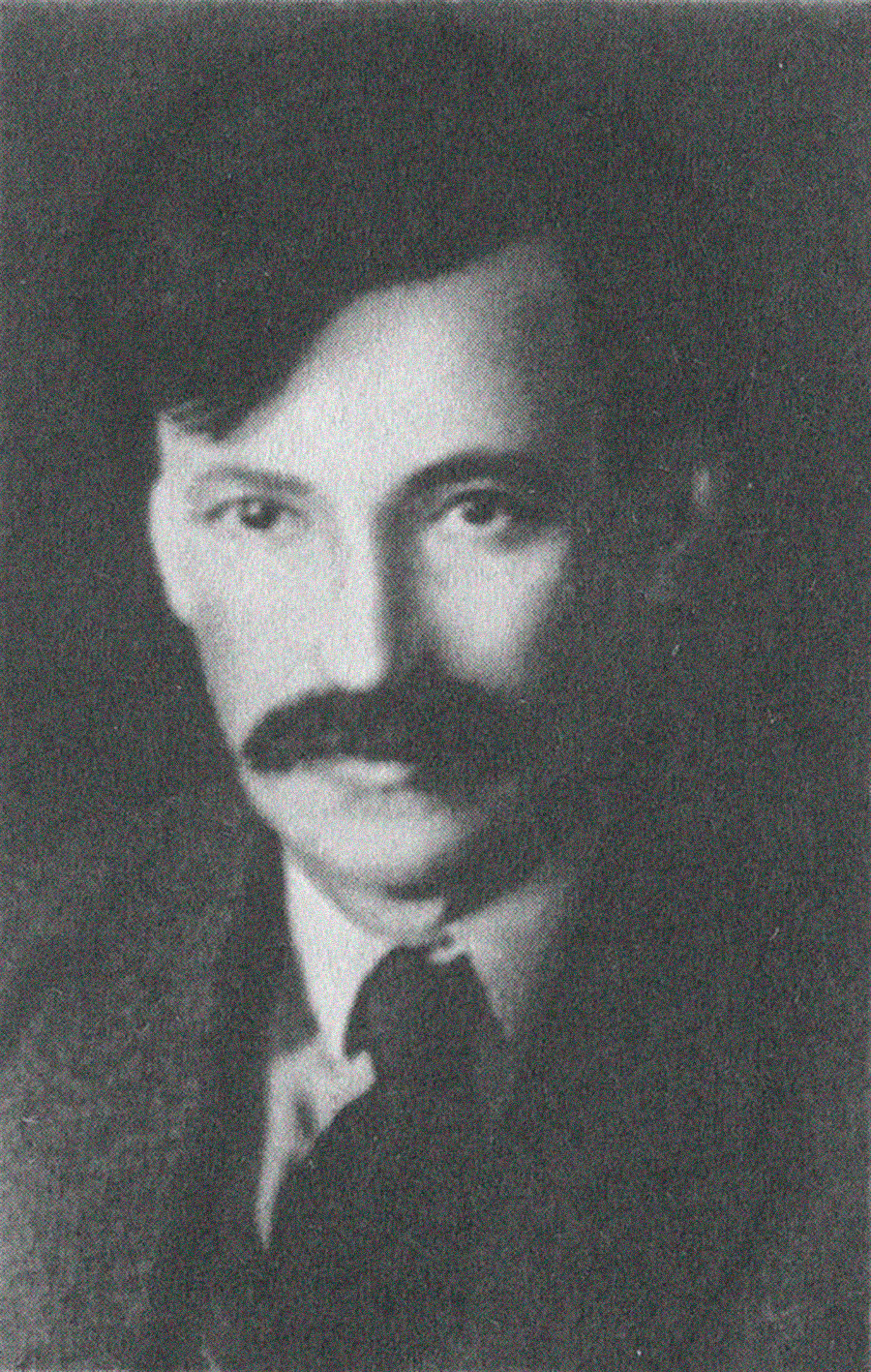
Click here to see the cover.
This Soviet statesman was fluent in over 10 foreign languages and served as the chairman of the OGPU, the secret police of the Soviet Union.
5. Alexei Stakhanov, December 1935
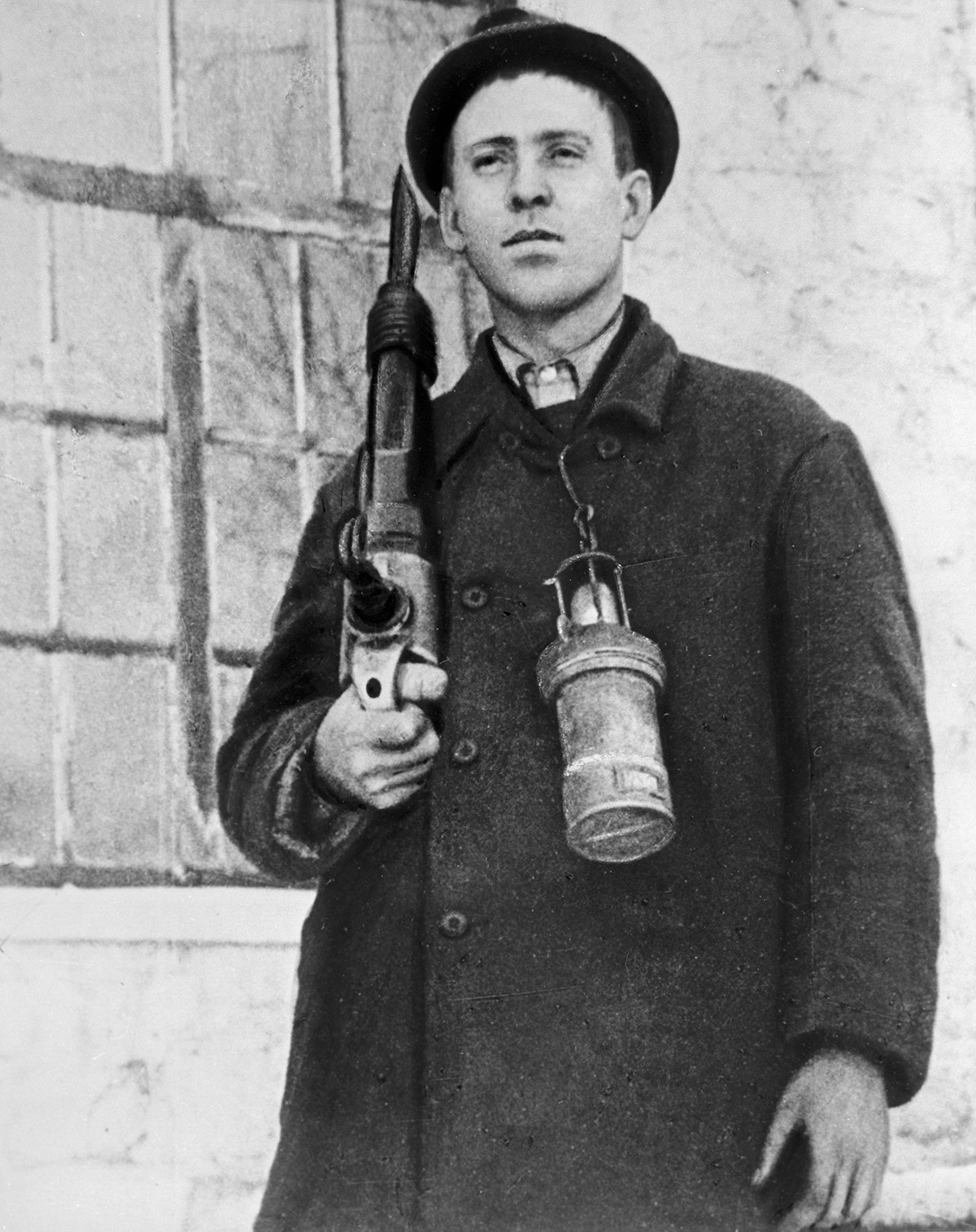
Click here to see the cover.
This Soviet miner became a celebrity in 1935 as the inspirational leader of the Stakhanov movement — a politically orchestrated campaign intended to increase labour productivity in the USSR.
READ MORE: How the USSR created ‘super-workers’
6. Joseph Stalin, January 1940
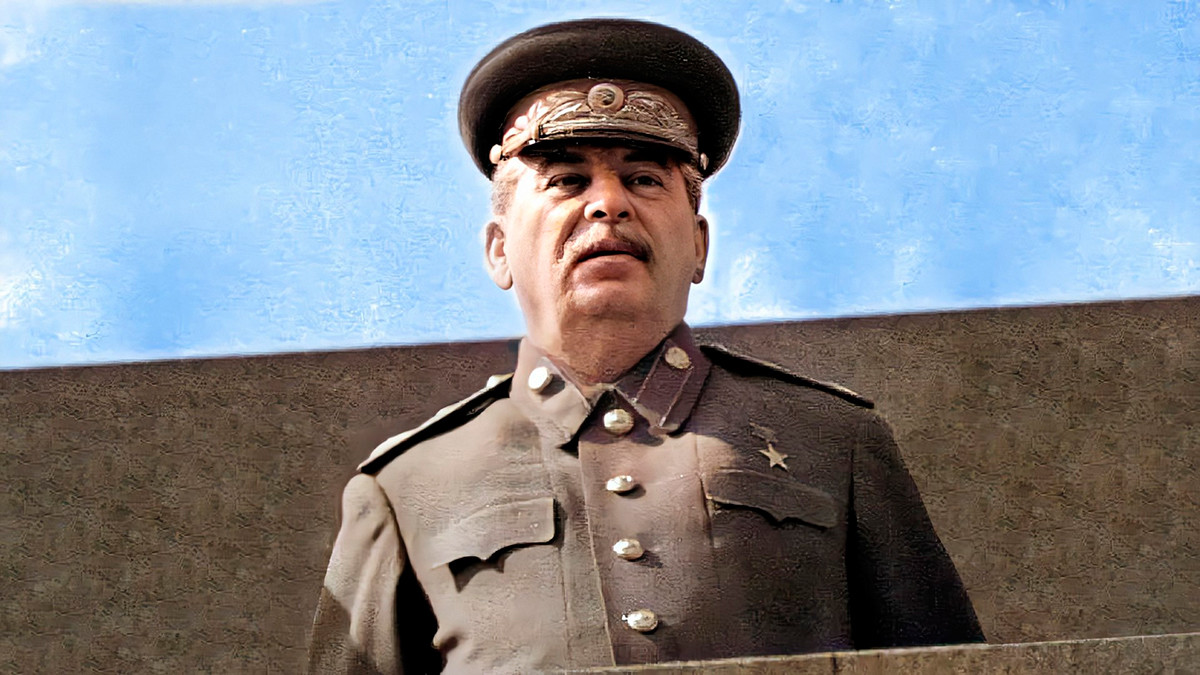
Click here, here, or here to see some of the Time covers featuring Stalin.
Time Magazine began selecting a ‘Person of the Year’ from 1927. In 1939, Soviet dictator Joseph Stalin became the first Russian leader to be named Time’s person of the year. He appeared on the Time cover on January 1, 1940.
Stalin also appeared on the Time cover multiple other times and even became ‘Person of the Year’ again in 1942.
READ MORE: Why Joseph Stalin was chosen Time’s person of the year – twice
7. Vyacheslav Molotov, July 1940
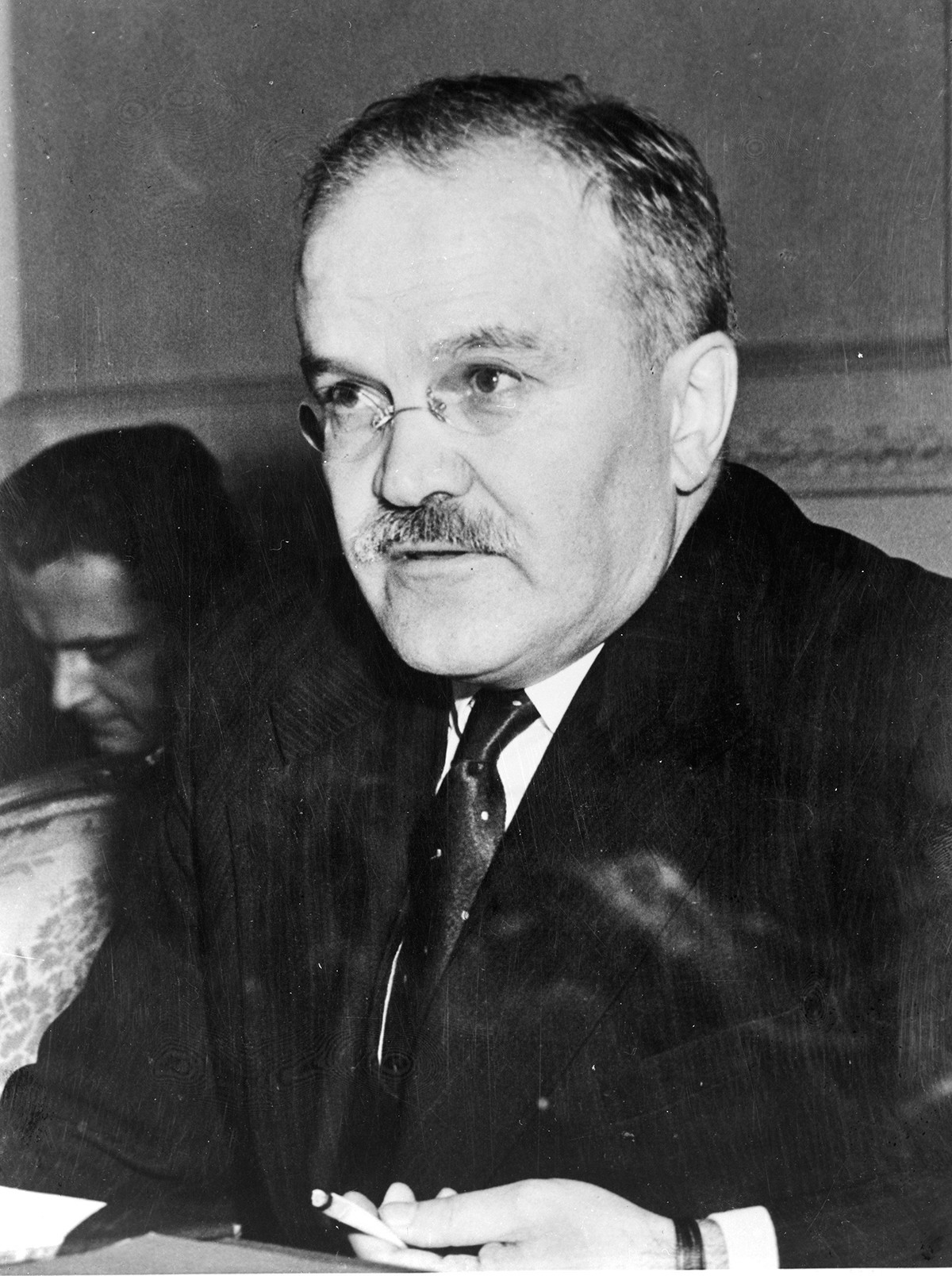
Click here to see the cover.
Stalin’s protégé and ardent supporter, Molotov was a high ranking Soviet politician and diplomat, acting as the USSR’s Minister of Foreign Affairs from 1939 to 1949 and then again from 1953 to 1956. He was known as the principal Soviet signatory of the German-Soviet non-aggression pact of 1939 that secretly stipulated the partition of Poland. After the victory over the Nazi Germany, Molotov was involved in negotiations with the Western allies.
READ MORE: Molotov: 6 facts about Stalin’s most devoted comrade who lived to be almost 100
8. Marshal Timoshenko, June 1940

Click here to see the cover.
Soviet military commander and Marshal of the Soviet Union, Timoshenko took charge of the Soviet armies fighting Finland in the Soviet-Finnish war. After the victory over the Finns, he replaced legendary Kliment Voroshilov as the People’s Commissar for the Defense of the Soviet Union.
9. Marshal Budenny, October 1941
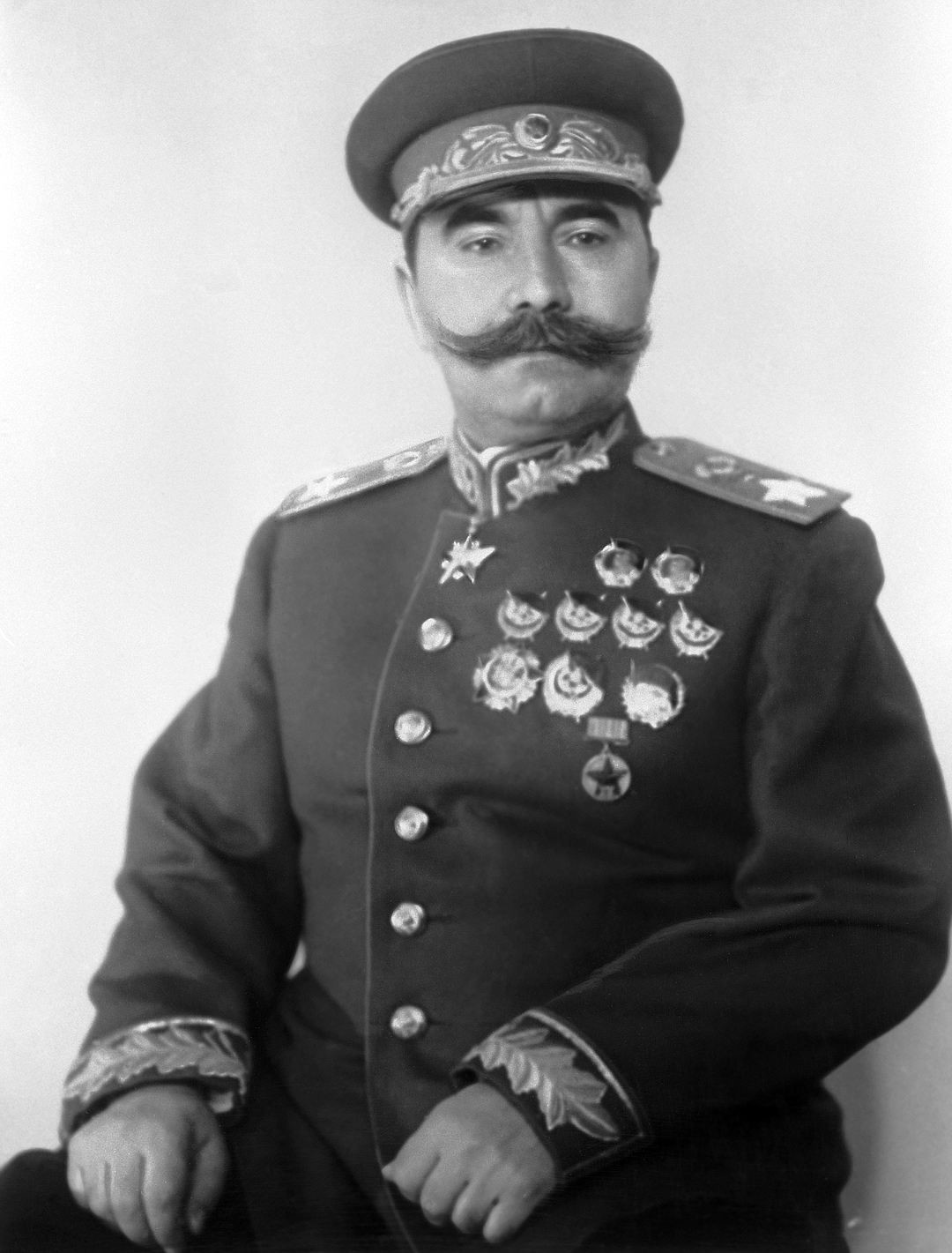
Click here to see the cover.
Semyon Budenny was the founder of the Red Cavalry during the Russian civil war and a close associate of Joseph Stalin. However, in September 1941, Stalin sacked Budenny and replaced him with Marshal Timoshenko. Despite his achievements and bravery in leading cavalry forces, Budenny demonstrated his inability to command an army in a modern war.
When told about the importance of tanks in mechanised warfare, Buddeny reportedly said: “You won't convince me. As soon as war is declared, everyone will shout, ‘Send for the Cavalry!’”
10. Boris Shaposhnikov, February 1942
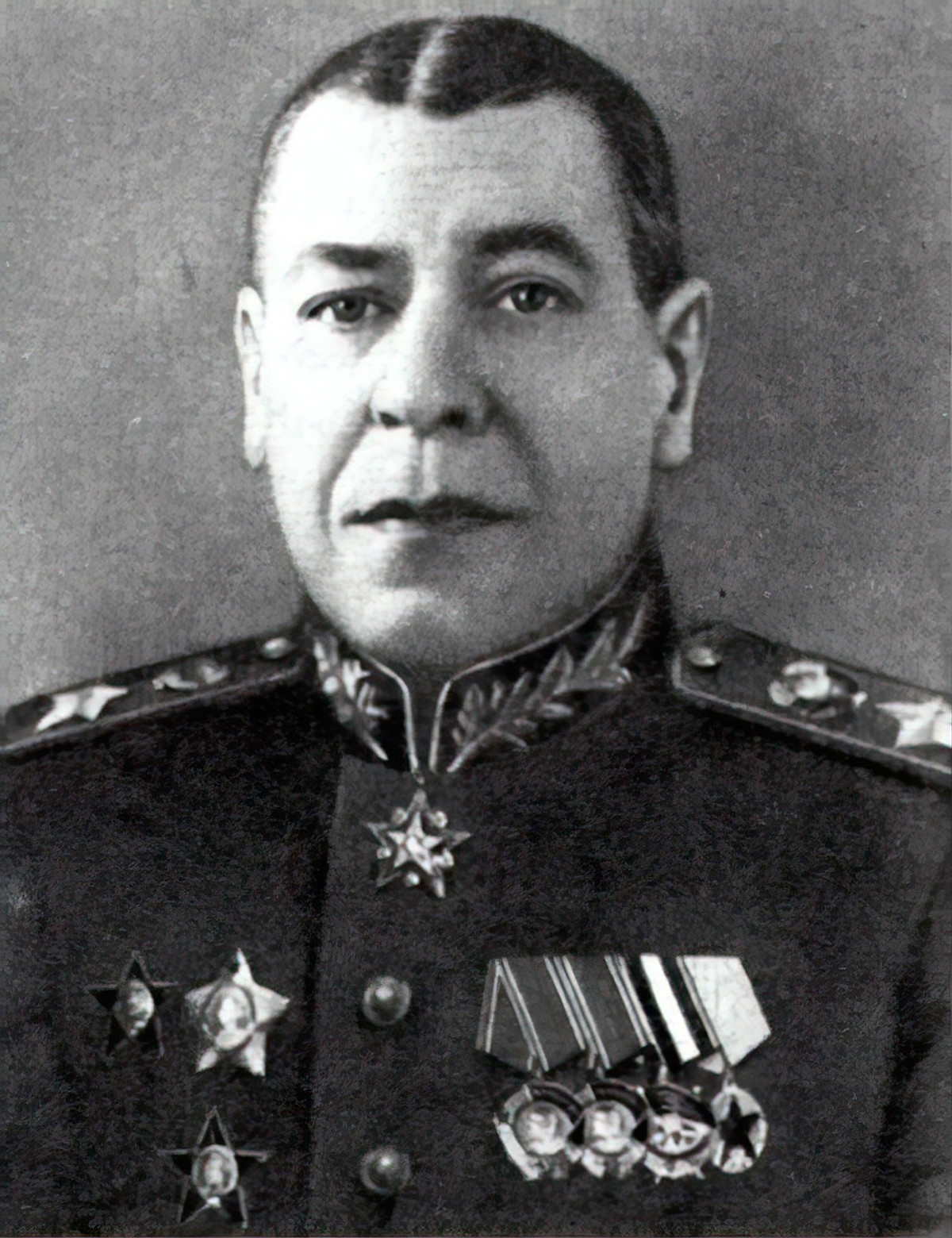
Click here to see the cover.
Known to be the only person who Stalin addressed by his Christian name and patronymic, Shaposhnikov served as a professional military officer in the Tsarist Army, but supported the Bolshevik Revolution, rather unusual for an officer of his rank.
Stalin cherished Shaposhnikov’s talent as a writer and highly admired his three-volume book on military theory, Mozg Armii (“The Brain of the Army”).
11. Maxim Litvinov, May 1942
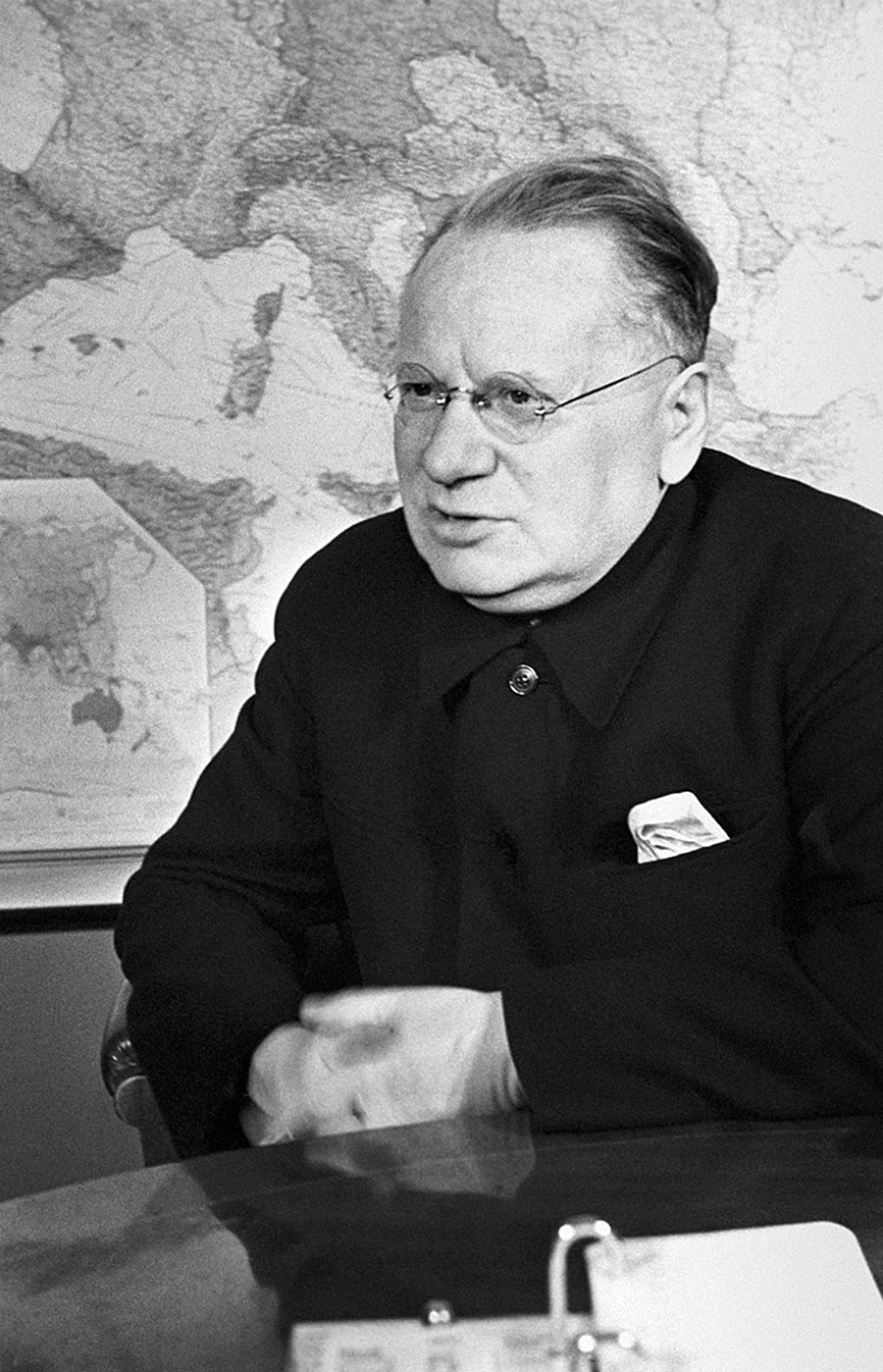
Click here to see the cover.
Soviet diplomat Maxim Litvinov was named the People’s Commissar of Foreign Affairs, the top-ranking diplomatic position in the Soviet state, in 1930. During the subsequent decades, Litvinov became the chief Soviet negotiator with the USSR’s Western allies, who were also fighting against Nazi Germany.
Litvinov was a proponent of collective security and worked hard to form closer relations between the USSR, France and Great Britain.
According to Hitler, Litvinov’s dismissal from the position of the People’s Commissar for Foreign Affairs of the Soviet Union in 1939 was instrumental for signing the German-Soviet nonaggression pact because of Litvinov’s Jewish ancestry.
He then served as a Soviet ambassador to the U.S. from 1941 to 1943.
12. Dmitri Shostakovich, July 1942
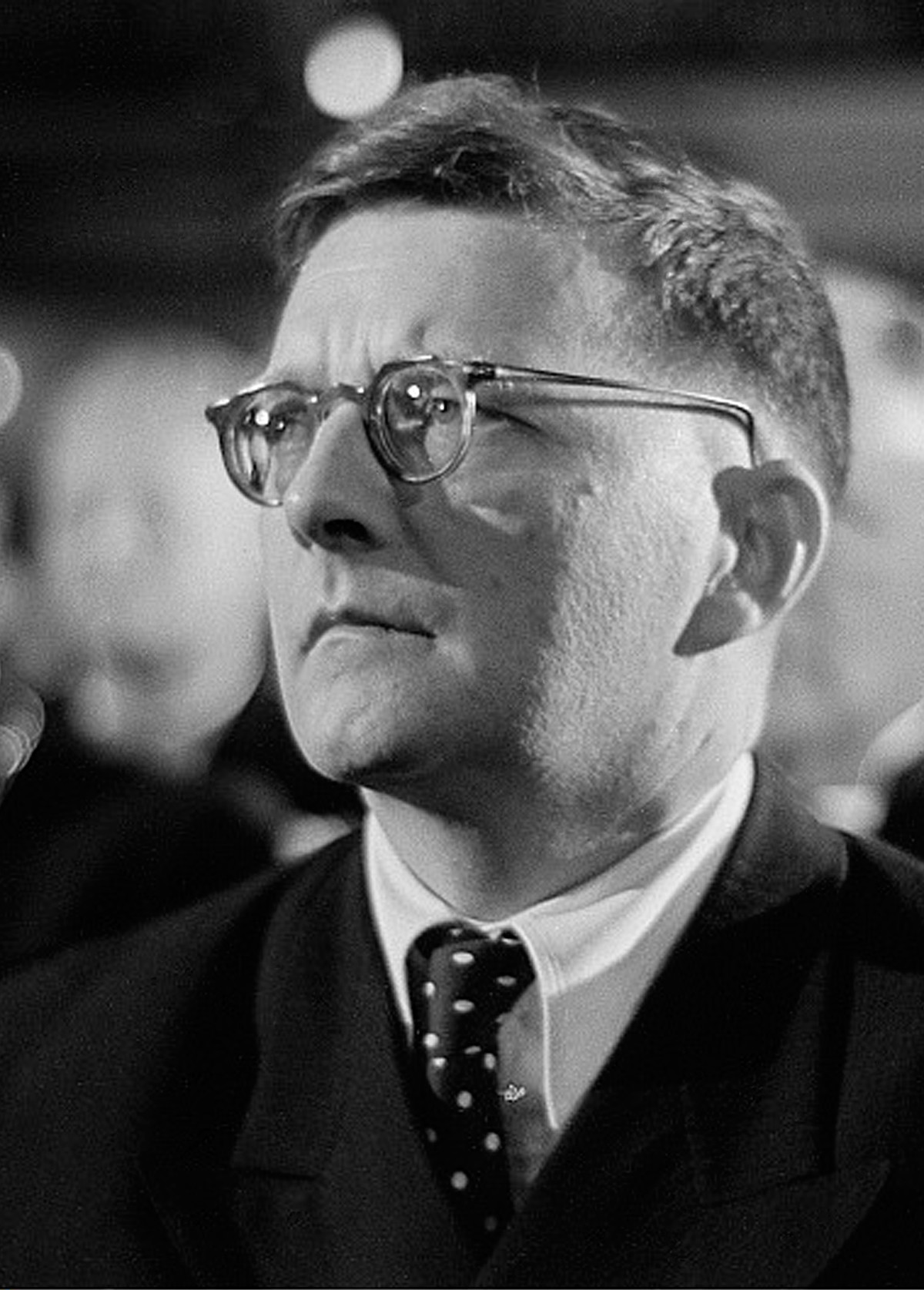
Click here to see the cover.
This Russian musician is widely regarded as one of the major composers of the 20th century. Shostakovich’s ‘Seventh Symphony’, released in 1942, was claimed to be a representation of Leningrad residents’ brave resistance to the Nazi invaders and became a symbol patriotic struggle at a time when morale needed boosting the most.
READ MORE: 7 facts about Dmitri Shostakovich, composer of the ‘Leningrad Symphony’
13. General Zhukov, December 1942
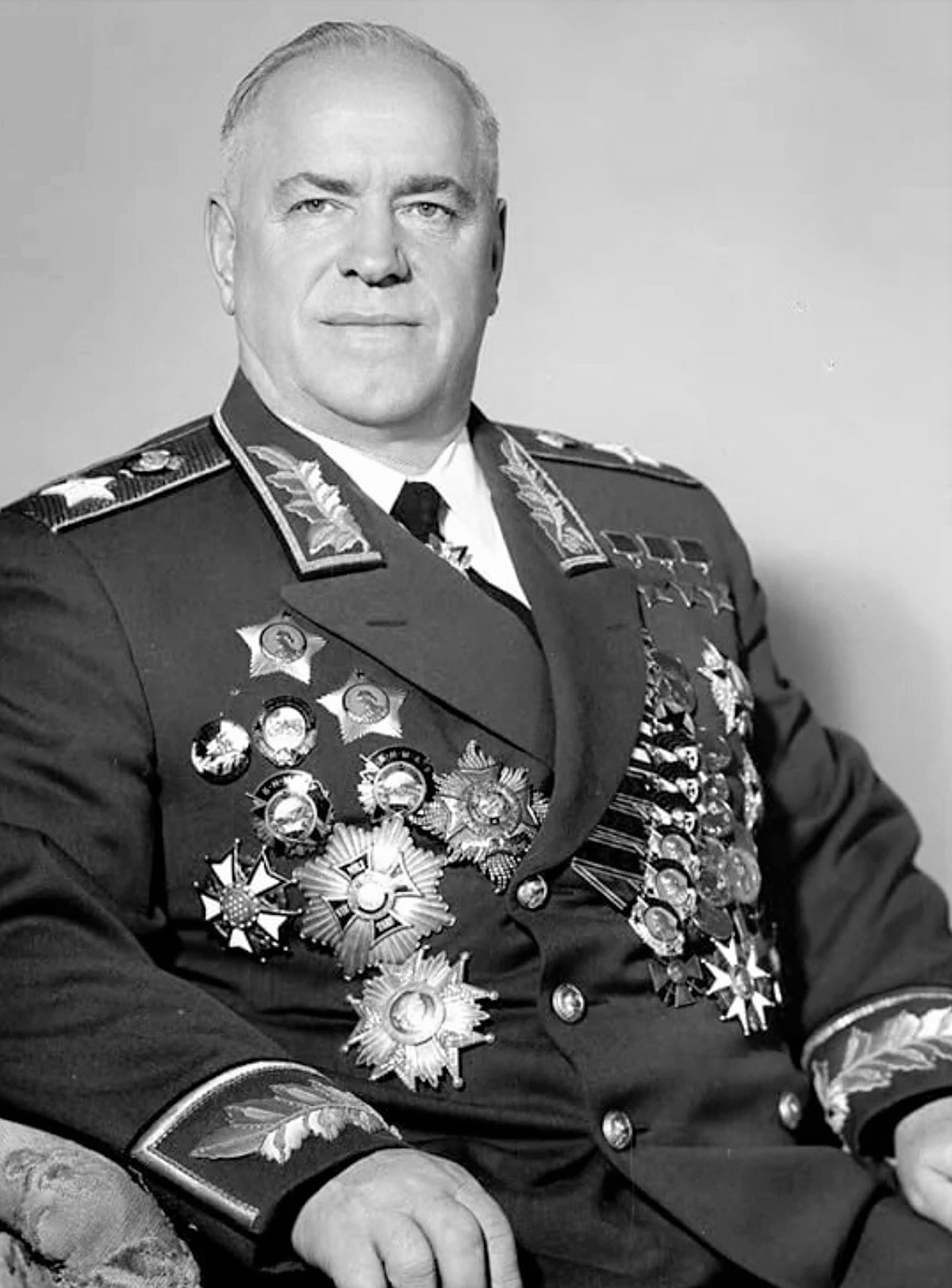
Click here and here to see two covers.
Zhukov, one of the most widely known Soviet military commanders, who later rose to the rank of a marshal, was the man behind the organization of the defense of Moscow, Leningrad, and Stalingrad during World War II. Zhukov led the Red Army through the most decisive victories against the Nazi Germany and subsequently was chosen to sign the German Instrument of Surrender in 1945, a legal document that officially ended the WWII.
READ MORE: How Georgy Zhukov, the Soviet Union’s greatest military leader, confronted Stalin after WWII
14. Col. General Golikov, February 1943
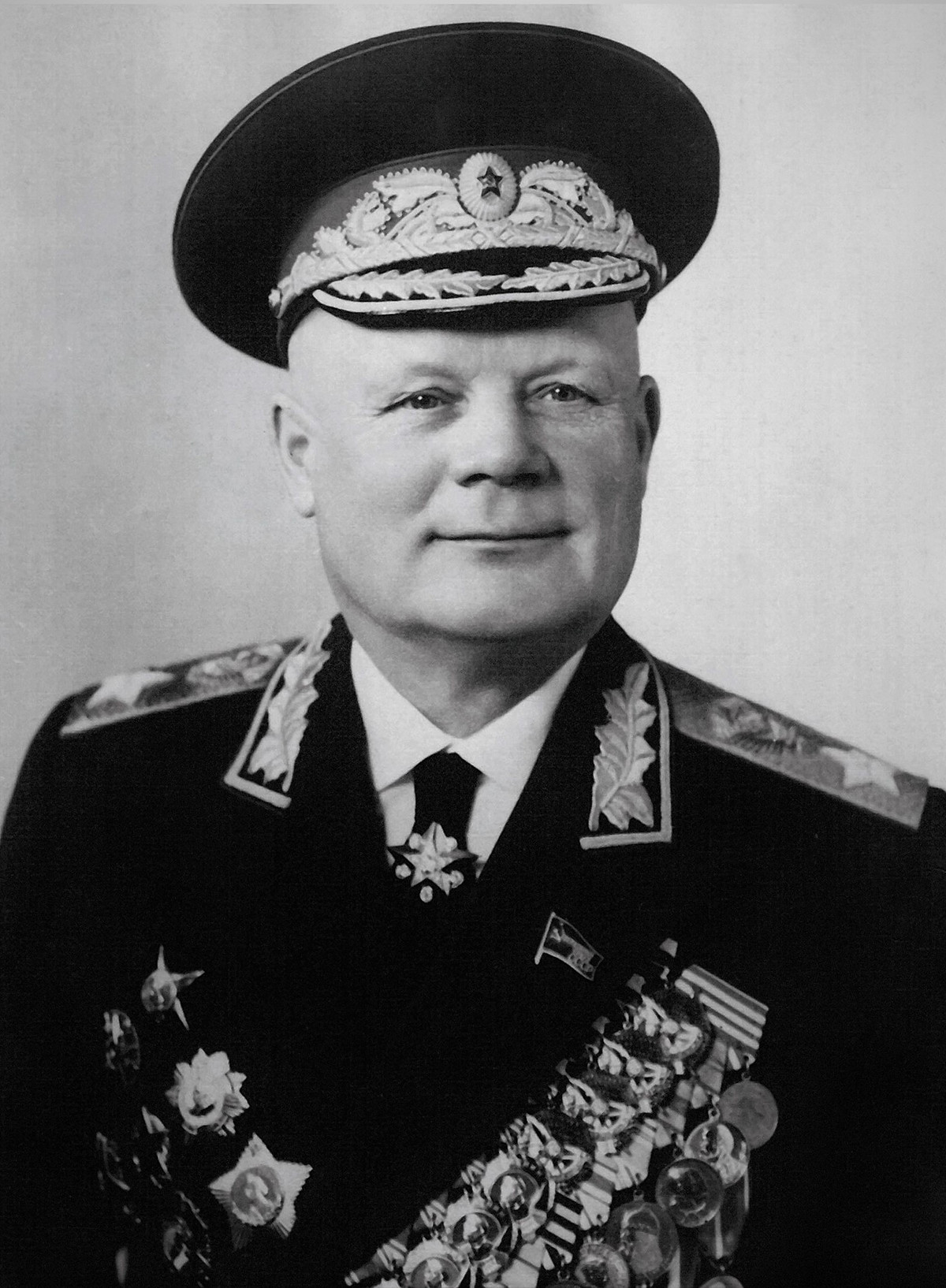
Click here to see the cover.
Before WWII broke out, Soviet intelligence had received multiple reports about Nazi plans to invade the USSR. However, Filipp Golikov, the new head of the Soviet Military Intelligence, preferred to ignore the reports, either because of his inexperience in military intelligence or because Stalin had made it clear he didn’t want to hear those and five of Golikov’s predecessors had been or were about to be executed.
In March 1943, Golikov was dismissed from his new post of commander of the Voronezh Front upon the insistence of Marshal Zhukov.
15. Marshal Vasilevsky, July 1943
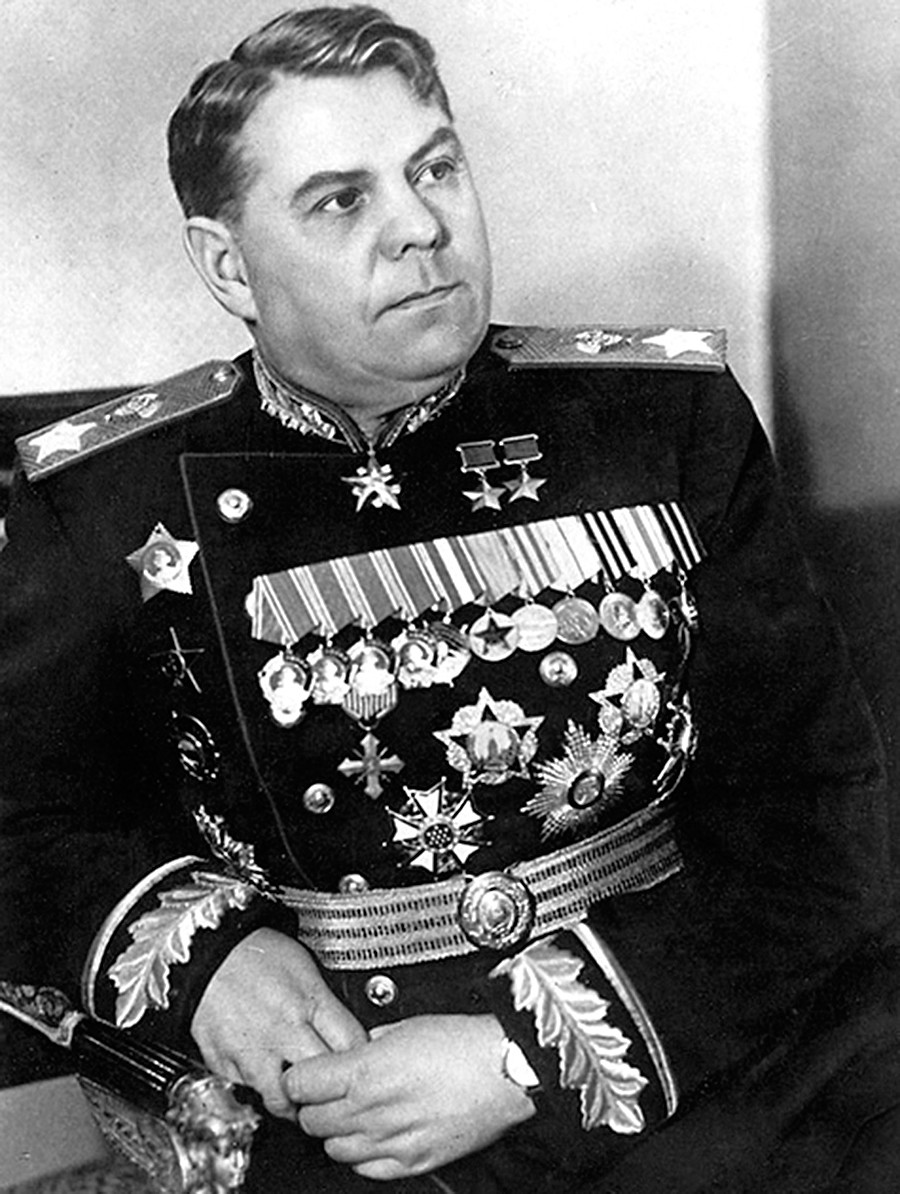
Click here to see the cover.
In 1943, Alexandr Vasilevsky — a career officer in the Red Army — attained the title of Marshal of the Soviet Union. As the Chief of the General Staff, Marshal Vasilevsky was involved in planning and coordinating all the Soviet offensives during the war with Nazi Germany, including the decisive Stalingrad counteroffensive.
16. Konstantin Rokossovsky, August 1943

Click here to see the cover.
Another Marshal of the Soviet Union, Rokossovsky was one of the most prominent military figures in the Soviet Union. After Nazi Germany invaded Russia, Rokossovsky — who had previously fallen victim to Stalin’s purges — was reinstated within the military ranks and played a key role in the defense of Moscow and the Stalingrad counteroffensive.
READ MORE: 10 GREAT Russian military leaders
17. Ivan Sergei, December 1943
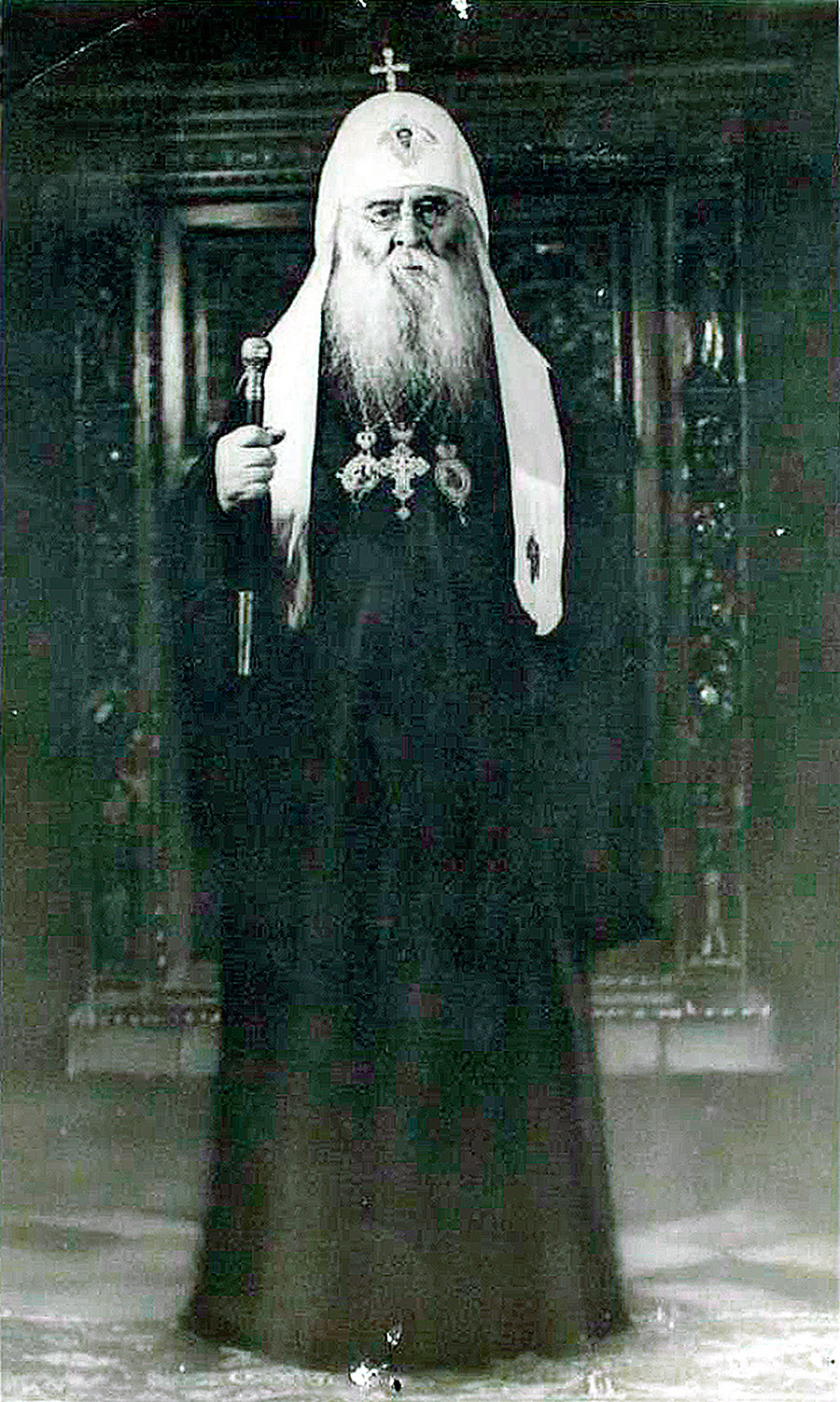
Click here to see the cover.
The 12th patriarch of Moscow and all the Rus’ sought to persuade the Soviet leaders to stop the campaign of suppression and persecution against the Orthodox Church and issued a declaration that professed absolute loyalty of the Russian Orthodox Church to the interests of the Soviet government.
18. Nikolai Voronov, March 1944
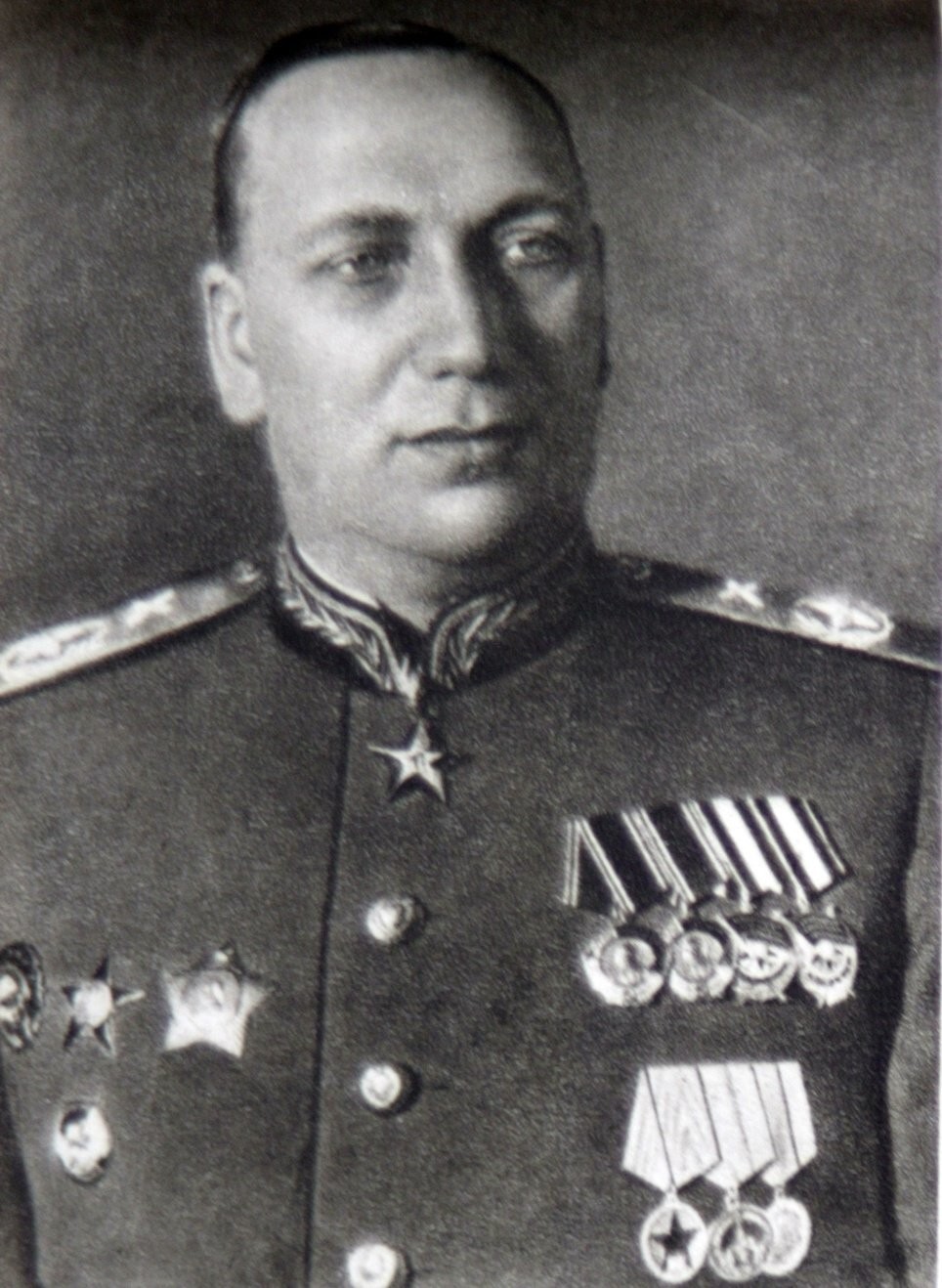
Click here to see the cover.
Artillerist Nikolai Voronov orchestrated the air defense of the Soviet Union during WWII. In February 1944, he was promoted to the rank of the chief marshal of the artillery.
19. Marshal Novikov, July 1944
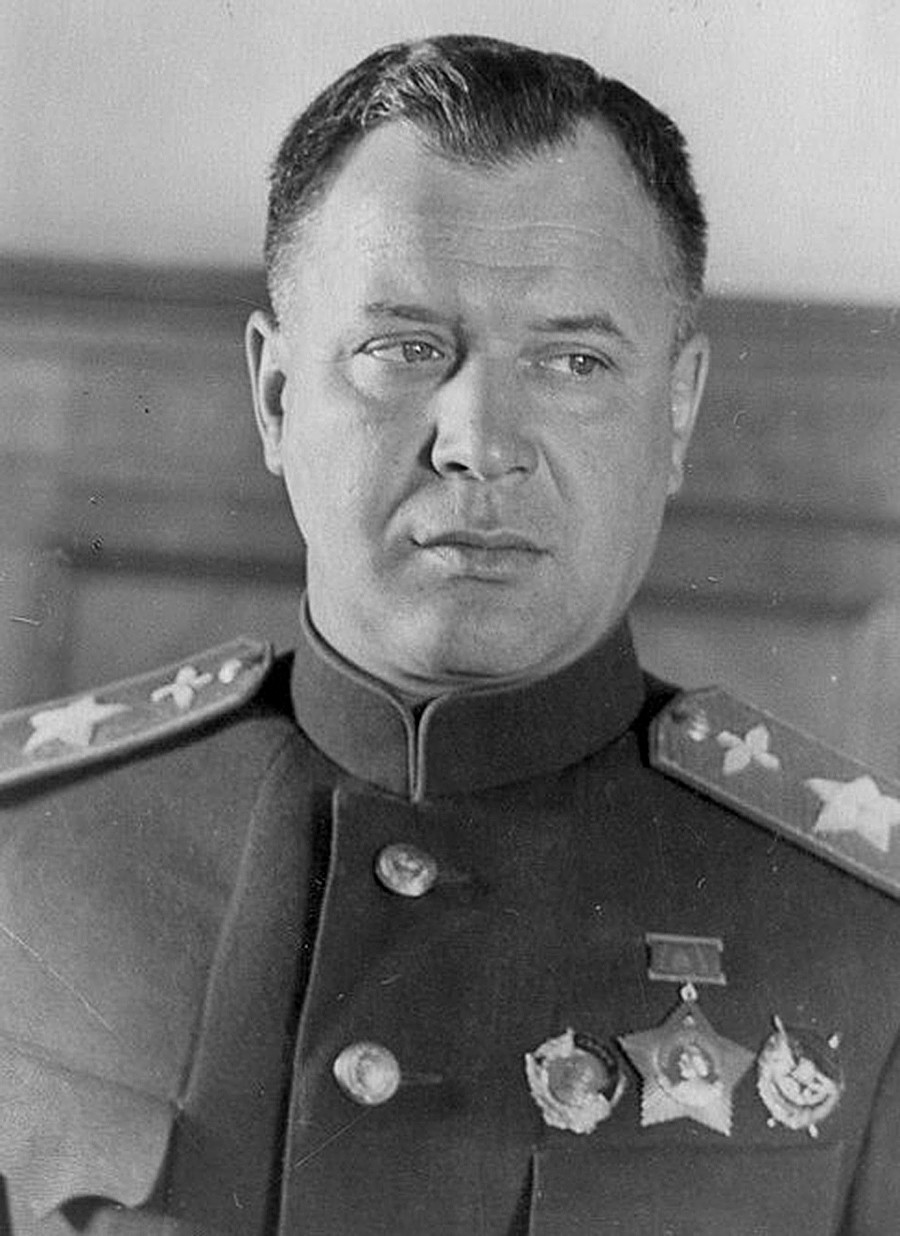
Click here to see the cover.
Alexander Novikov was the chief marshal of aviation of the Soviet Air Force during WWII. After the war Novikov fell victim to a political plot and was forced to implicate Marshal Zhukov. Novikov remained in prison until Stalin’s death in 1953. After he was freed, Novikov became a teacher of avionics.
20. The Big Three, May 1945

Click here to see the cover.
In May 1945, when Soviet, American, and British forces entered Berlin and the Nazi Germany capitulated, Time placed a collective image of three soldiers - one from each army - on the cover.
21. Sergei Prokofiev, November 1945
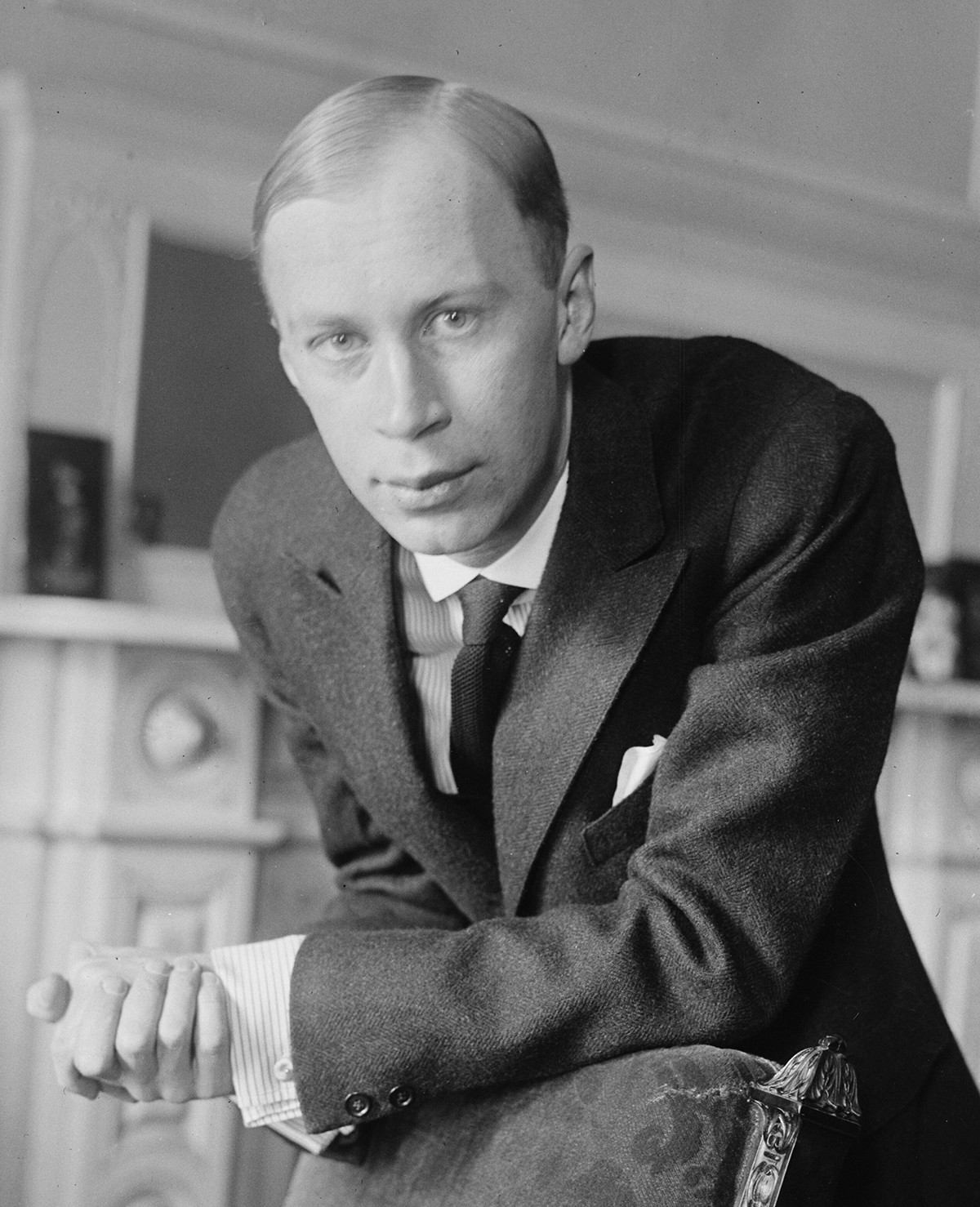
Click here to see the cover.
One of the major composers of the 20th century, Prokofiev created an impressive body of work, including an ambitious opera version of Leo Tolstoy’s War and Peace.
READ MORE: Sergei Prokofiev, the composer who fled the USSR for the U.S. – and back
22. Andrei A. Zhdanov, December 1946
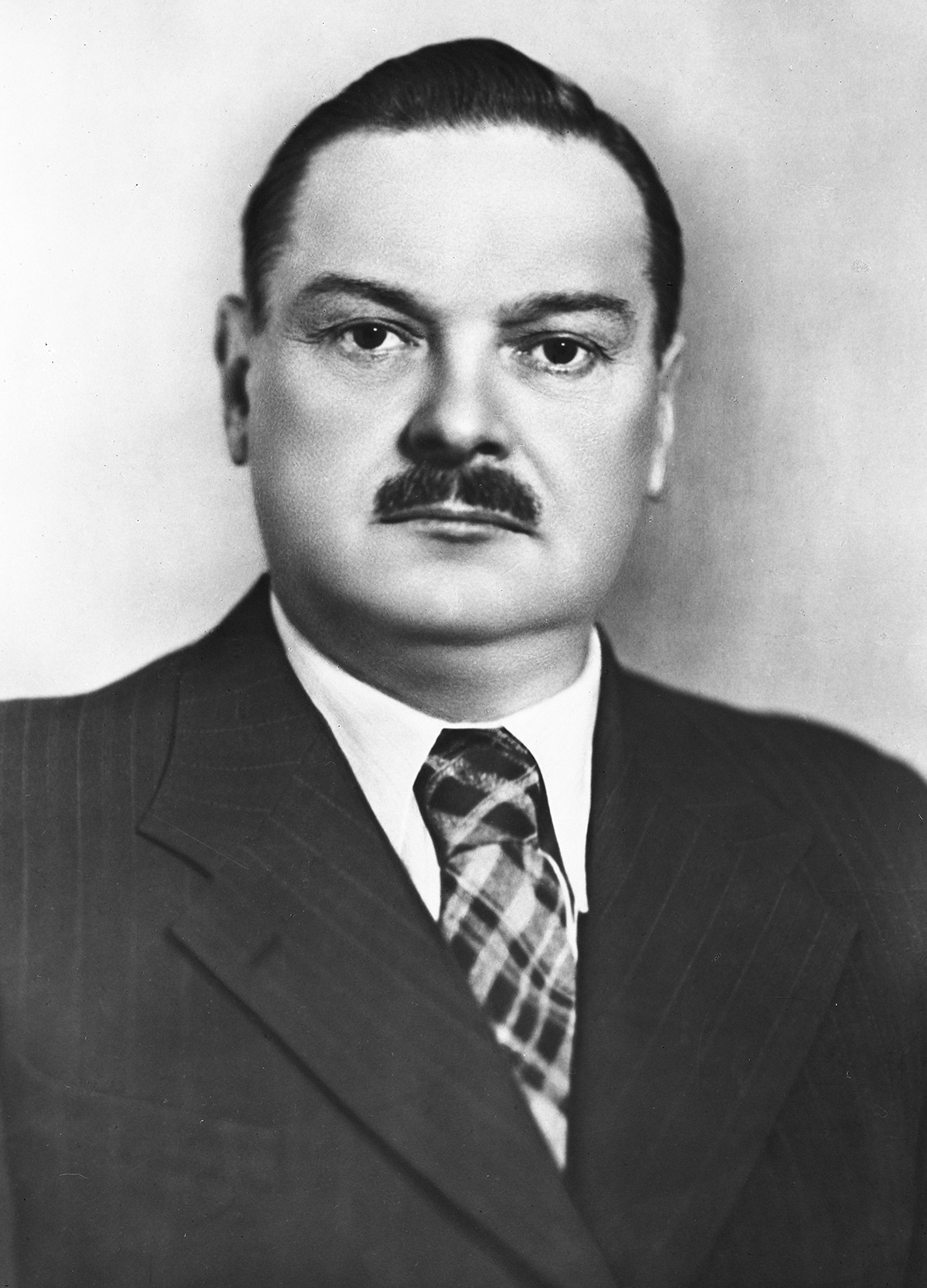
Click here to see the cover.
As a powerful Soviet politician, Zhdanov once thought to become Stalin’s successor, but died before the dictator’s death. As a head of the propaganda and agitation department, Zhdanov became known as the “chef Soviet propagandist” and was responsible for censoring Soviet writers Anna Akhmatova and Mikhail Zoshchenko.
23. Andrei A. Gromyko, August 1947
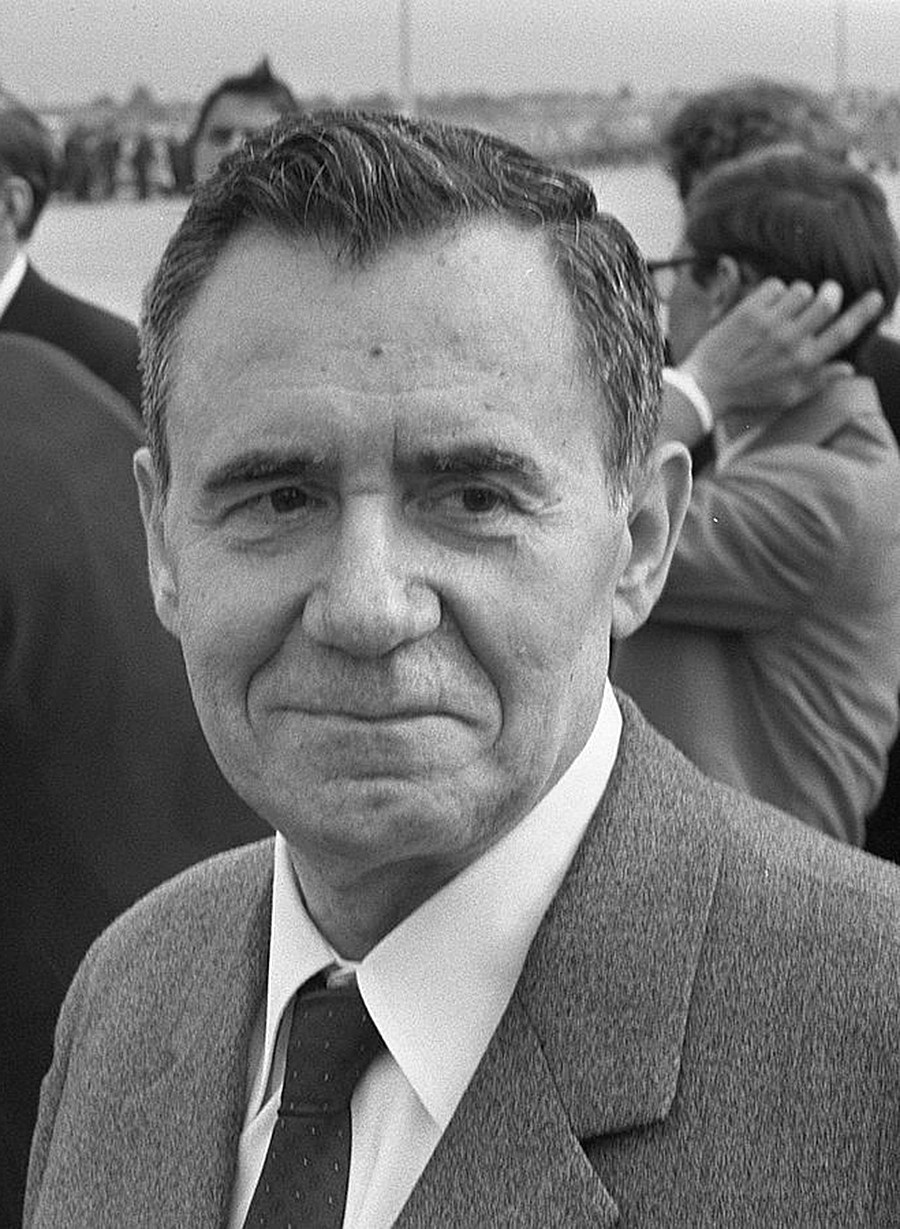
Click here to see the cover.
An icon of Soviet diplomacy, Gromyko served as the Minister of Foreign Affairs from 1957 to 1985 during which time he earned the nickname ‘Mr. Nyet’ (“Mr. No”) for his frequent use of the Soviet Union’s veto power in the UN Security Council.
READ MORE: The man behind ‘Mr. No’
24. Andrei Y. Vishinsky, September 1947
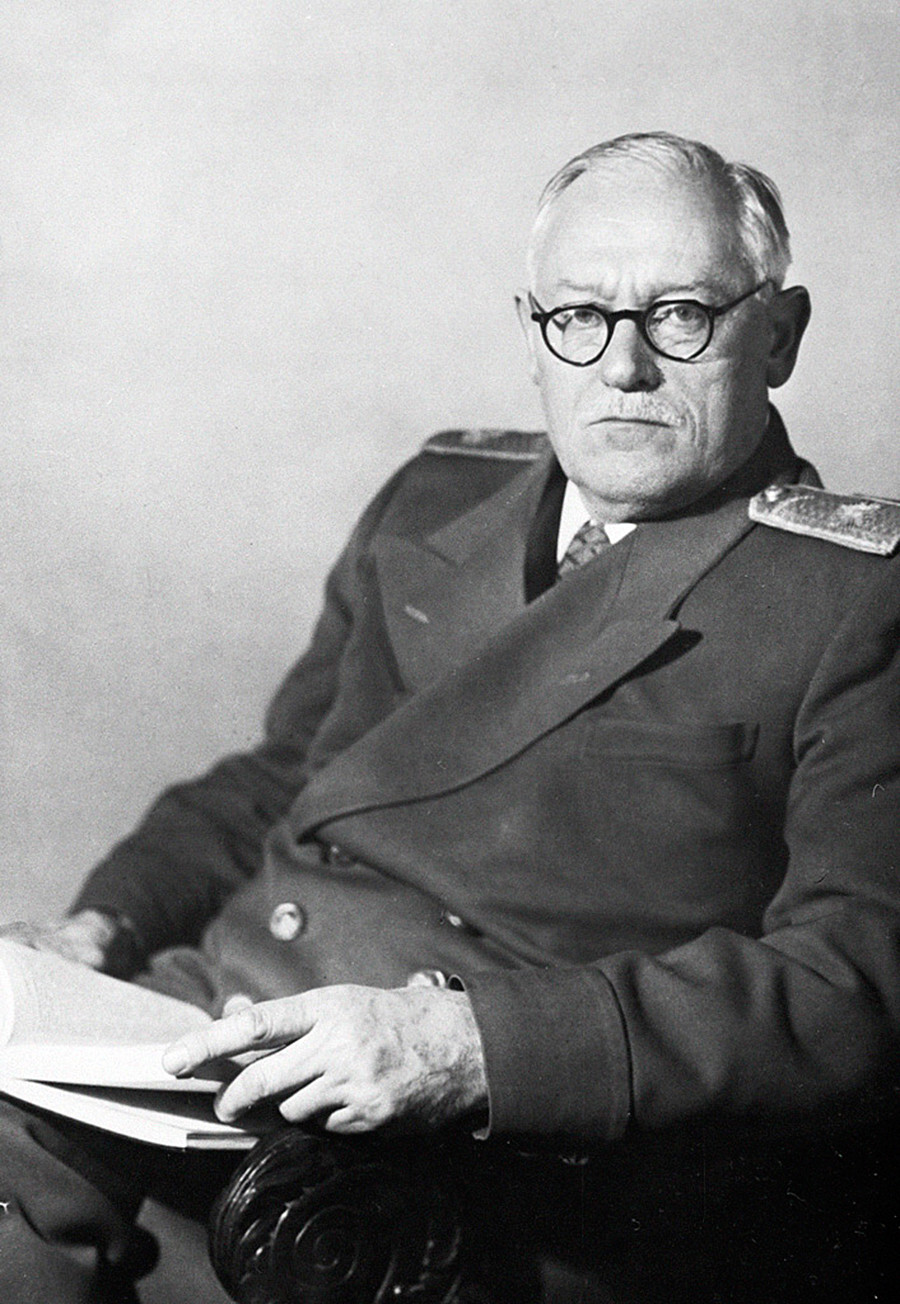
Click here to see the cover.
Lawyer and diplomat Vishinsky became the Soviet Procurator General and thus contributed to Stalin’s Great Purge. After WWII, he was responsible for the Soviet preparations of the Nuremberg trials, where Nazis were held accountable for their crimes.
25. Igor Stravinsky, July 1948
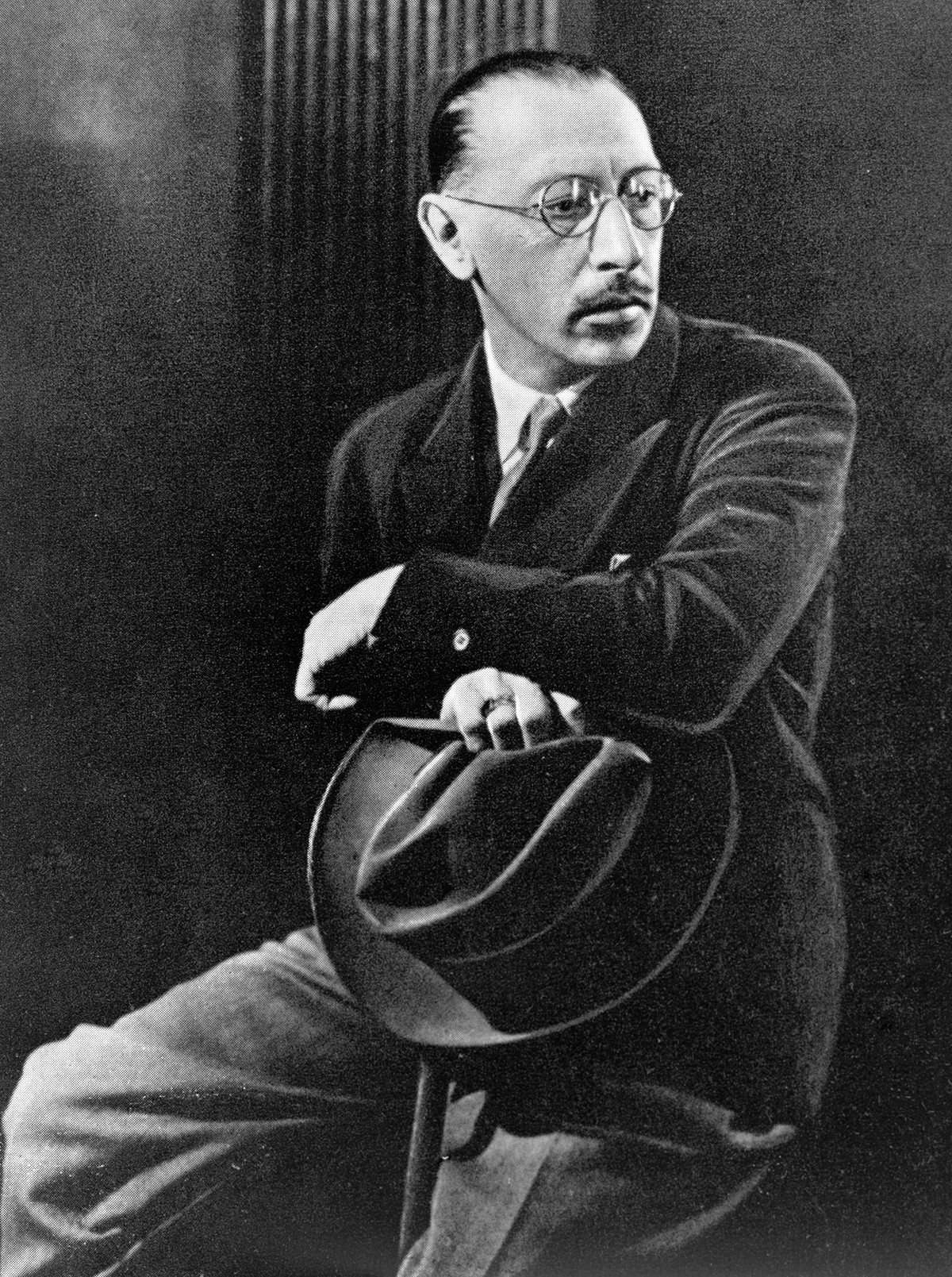
Click here to see the cover.
Stravinsky was a Russian-born composer, pianist, and conductor. Along with Shostakovich and Prokofiev, he is considered one of the most important composers of the 20th century.
26. Georgy M. Malenkov, March 1950

Click here and here to see covers.
During the late 1940s and early 1950s, Malenkov gained more favor with Stalin than any other top politician in the USSR. During this period, Malenkov was instrumental in suppressing the emerging glory of Leningrad’s leadership by leading the arrest of the city leaders.
READ MORE: Game of Plenums: how Communist leaders fought over Stalin’s throne
27. Lt. Gen. Vasily Stalin, August 1951
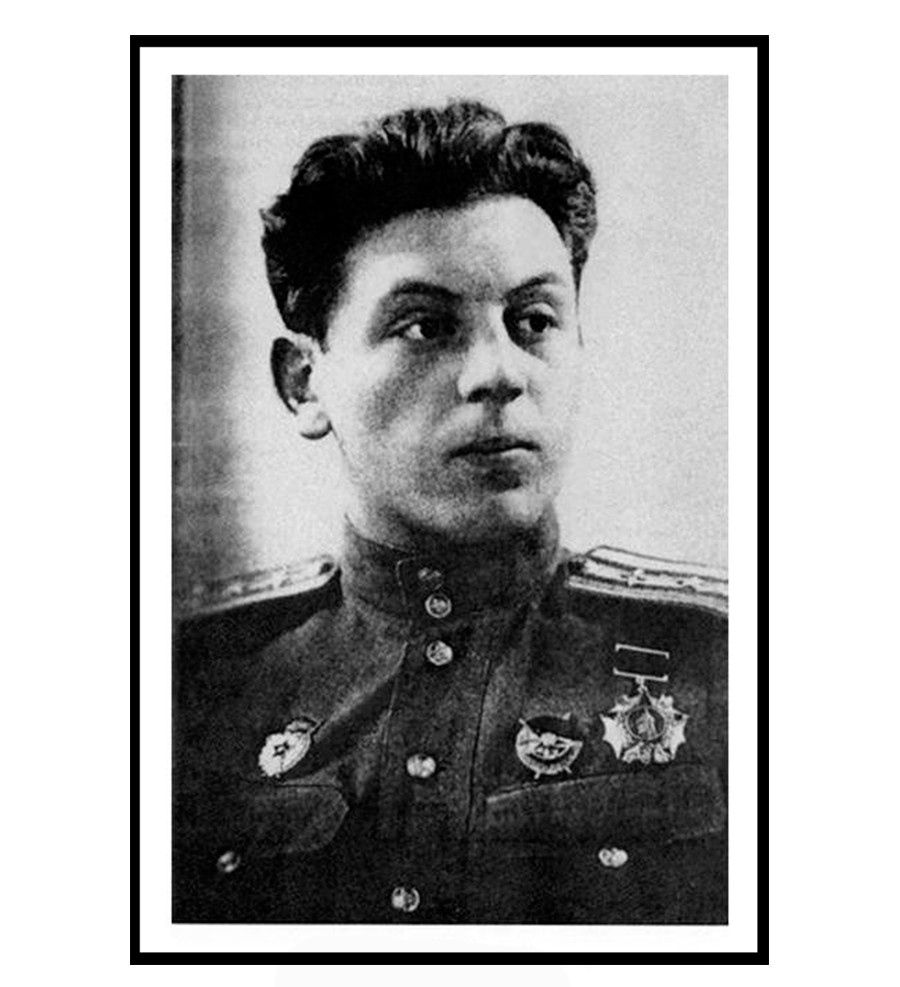
Click here to see the cover.
The son of Joseph Stalin and Nadezhda Alliluyeva joined the Air Force when Nazi Germany invaded the Soviet Union in 1941. He was arrested three months after his father’s death in 1953 and charged with denigration of Soviet leaders and anti-Soviet propaganda and sentenced to eight years in prison. He would later be released from prison in 1960. Vasily Stalin died two years later, due to chronic alcoholism.
READ MORE: In Stalin’s shadow: How did the lives of his family turn out?
28. Lavrenty Beria, July 1953
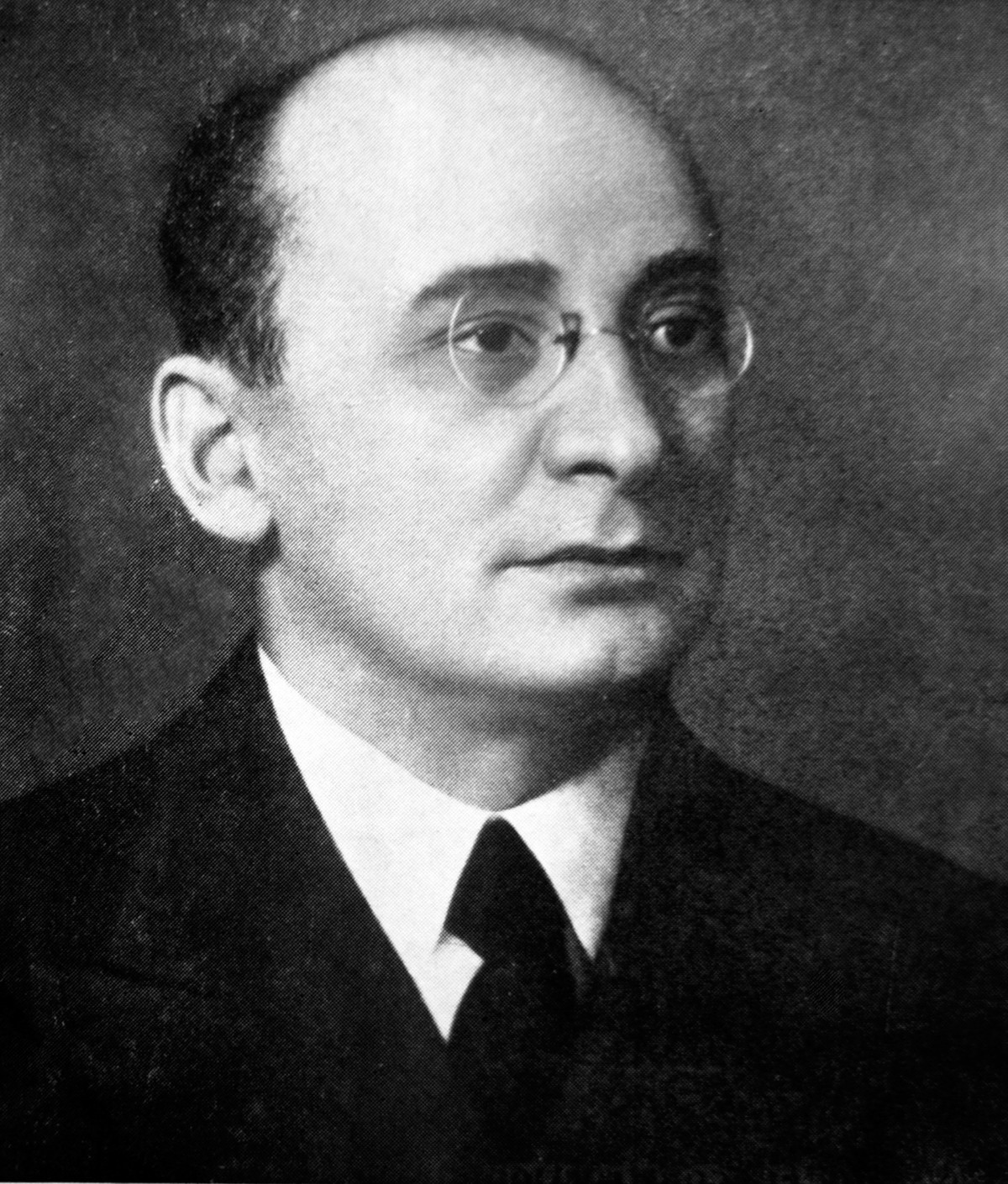
Click here to see the cover.
The notorious chief policeman of the Soviet Union, Beria was the head of the People’s Commissariat for Internal Affairs (NKVD) under Stalin. One of the theories of Stalin’s death argues that Beria was personally responsible for the sudden death of the dictator in 1953.
READ MORE: 5 facts about Beria, Stalin’s henchman who helped create the atomic bomb
29. Igor Sikorsky, November 1953

Click here to see the cover.
A Russian aircraft pioneer designer of helicopters and fixed-wing aircrafts, Igor Sikorsky immigrated to the U.S. in 1919. Throughout his lifetime, he designed some 30 types of aircrafts.
READ MORE: Gone forever: 4 geniuses whom Russia lost to emigration a century ago
30. Nikita Khrushchev, November 1953
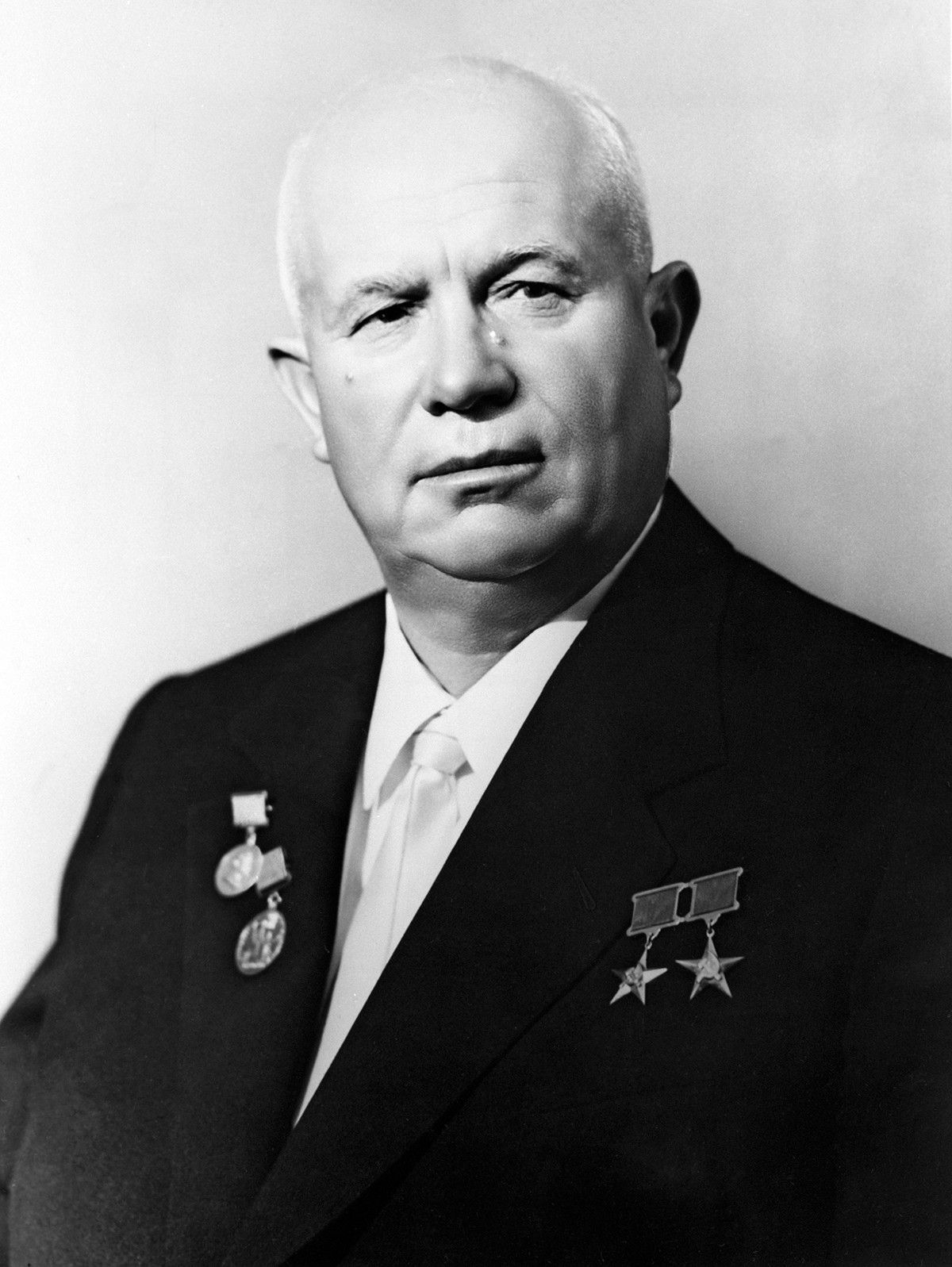
Click here to see the cover.
Stalin’s successor opened a new chapter in the history of the Soviet Union by launching the wave of de-Stalinization. He appeared on the Time cover multiple times and became ‘Person of the Year’ in 1957.
READ MORE: No, Khrushchev never banged his shoe at the UN
31. Nikolai Bulganin, July 1955
Click here to see the cover.
A defense minister under Stalin, Bulganin also served as Minister of Defense and Premier of the Soviet Union under Nikita Khrushchev.
32. Anastas Mikoyan, September 1957
Click here to see the cover.
This Communist revolutionary was one of the longest serving statesmen in the Soviet Union, working during the mandates of Lenin, Stalin, Khrushchev and Brezhnev.
Anastas Ivanovich Mikoyan was an Armenian Communist revolutionary, Old Bolshevik and Soviet statesman. He was a key party in the negotiations with Communist Cuba regarding withdrawal of Soviet nuclear missiles from the island.
33. Alexandr Nesmeyanov, June 1958
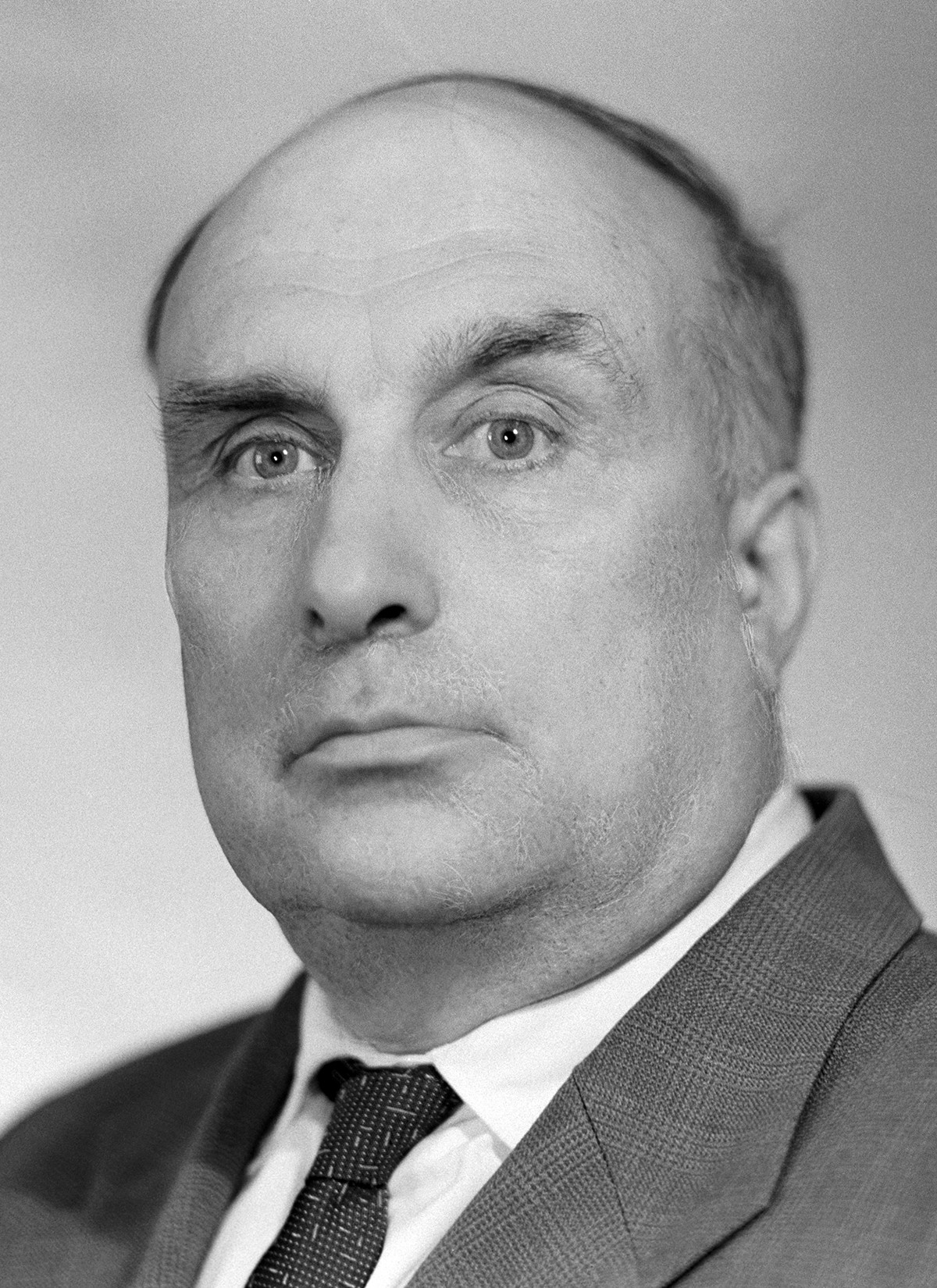
Click here to see the cover.
This prominent Soviet chemist and academician specialized in organometallic chemistry. Nesmeyanov had popularized this very term – “organometallic chemistry” – and became the leader of this science in the USSR.
34. Boris Pasternak, December 1958
Click here to see the cover.
This Russian poet, writer, and literary translator is most famous for his novel ‘Doctor Zhivago’ that was rejected for publication in the USSR and had to be smuggled to Italy for publication.
READ MORE: Eight facts about Boris Pasternak
35. Frol Kozlov, July 1959
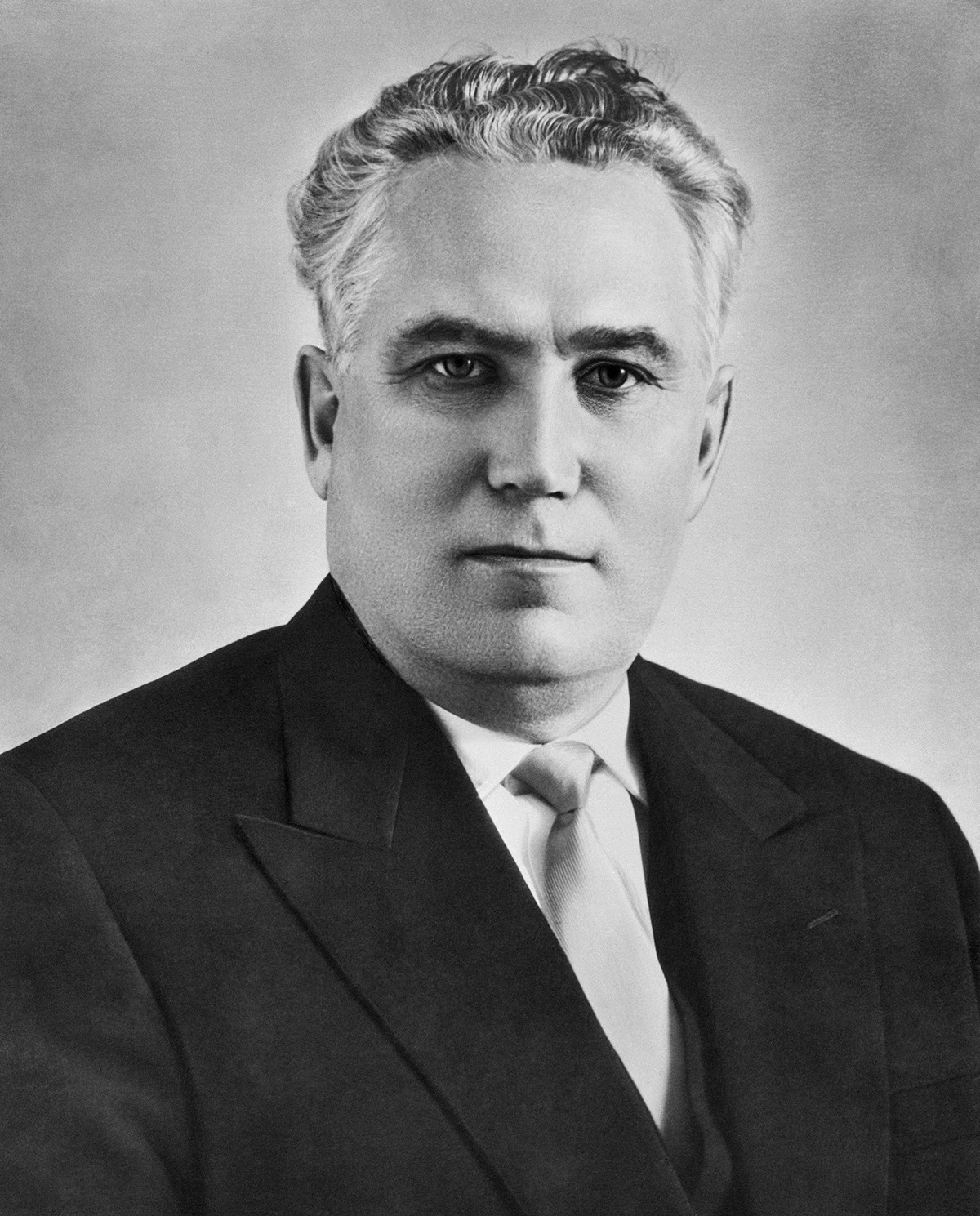
Click here to see the cover.
Before Leonid Brezhnev assumed the leadership of the Soviet Union, Kozlov was thought to be the most likely successor to Nikita Khrushchev.
36. Rodion Malinovsky, May 1960
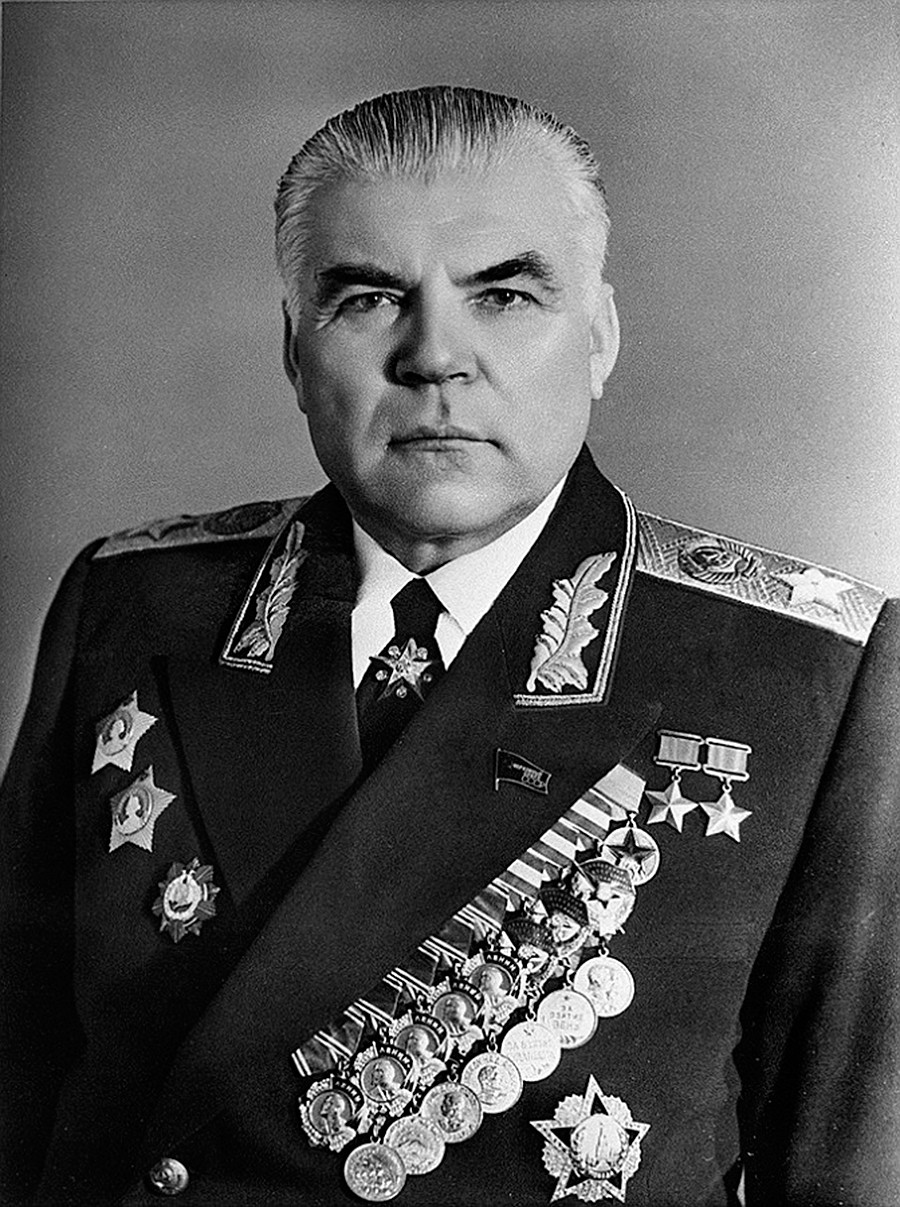
Click here to see the cover.
Marshal of the Soviet Union and the USSR’s Defense Minister in the late 1950s and 1960s, he made a pivotal contribution to the strengthening of the Soviet Union as a military superpower.
37. Valerian Zorin, February 1961
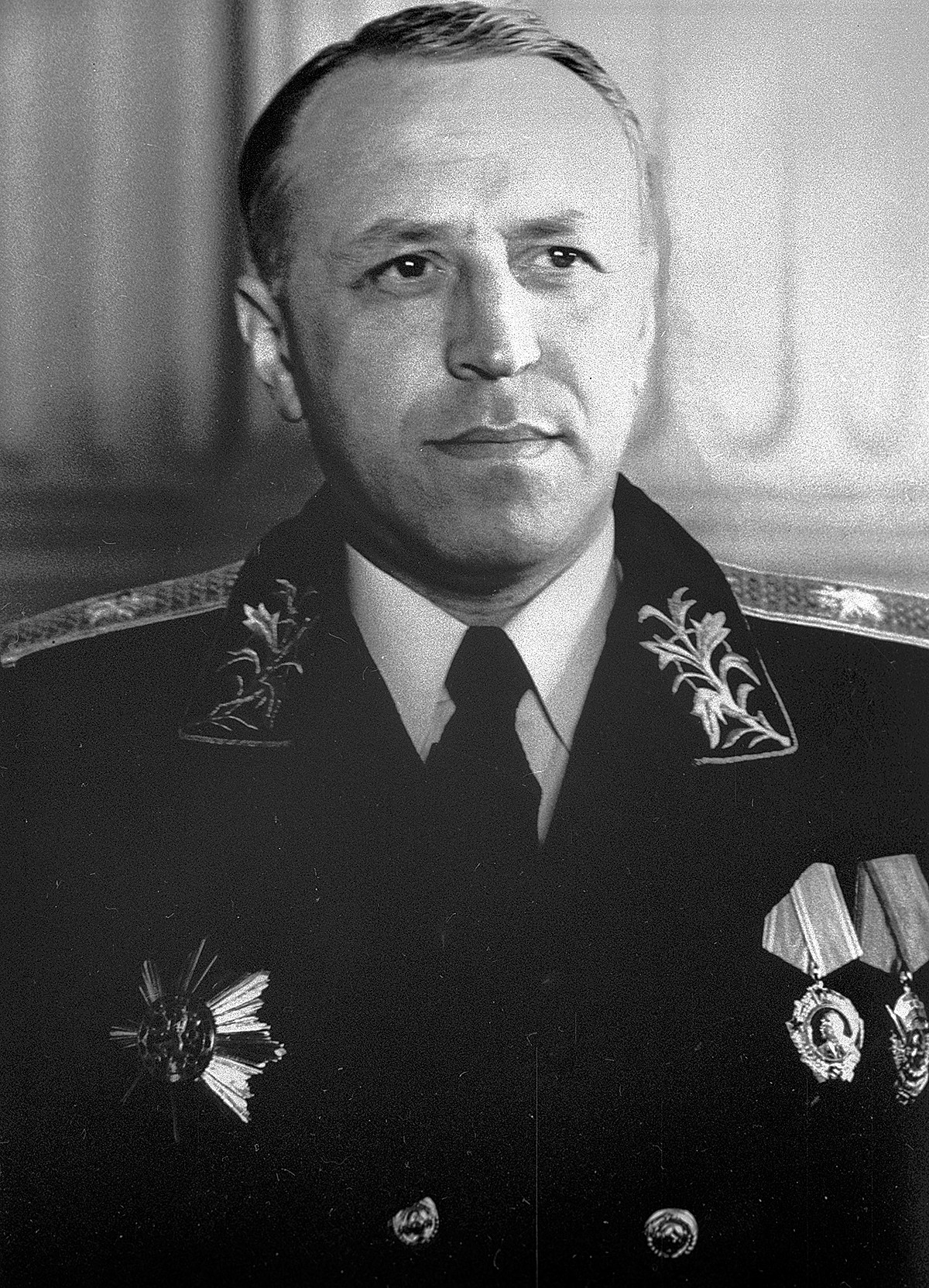
Click here to see the cover.
This Soviet diplomat is best remembered for his confrontation with American diplomat Adlai Stevenson during the Cuban Missile Crisis in 1962.
38. Yuri Gagarin, April, 1961
Click here to see the cover.
The first man in space became an international sensation after safely returning from the historic space flight.
READ MORE: 10 little known facts about Gagarin’s iconic space flight
39. Evgeny Evtushenko, April 1962
Click here to see the cover.
This Russian poet was also a novelist, essayist, dramatist, screenwriter, publisher, actor, editor and director of several movies. Along with Anna Akhmatova, Jean-Paul Sartre and other notable figures of his time, he co-signed a letter of protest against the unfair trial of Russian poet Joseph Brodsky.
40. Major Nikolayev & Lt. Colonel Popovich, August 1962
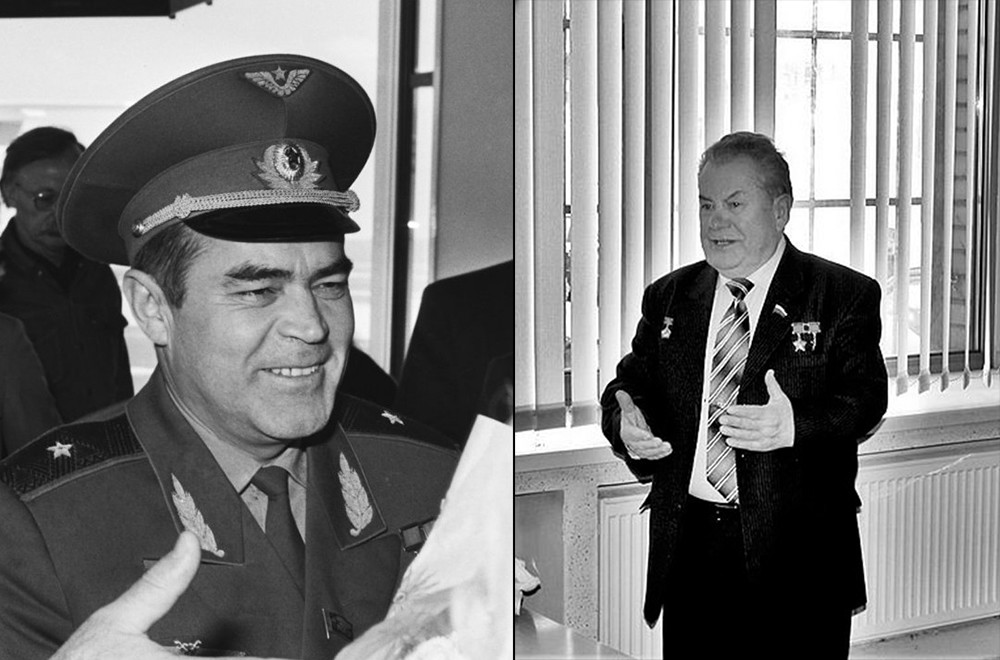
Click here to see the cover.
These Soviet cosmonauts were the first to co-pilot a manned spaceship into space.
41. Leonid I. Brezhnev, February 1964
Click here to see the cover.
Brezhnev presided over the Soviet Union in the era that would go down in history as the years of stagnation.
READ MORE: Leonid Brezhnev: General Secretary of stability and stagnation
42. Vladimir I. Lenin, April 1964
Click here to see the cover.
The leader of the 1917 Bolshevik Revolution finally appeared on the Time cover in 1964. Better late than never.
READ MORE: Lenin’s life in 5 astonishing paradoxes
43. Aleksei Kosygin, November 1964
Click here to see the cover.
This notable Soviet statesman assumed a preeminent role in Soviet foreign policy making and led arms control talks with the U.S., while overseeing relations with other communist countries, including China.
READ MORE: Kosygin: Soviet premier, peacemaker between India and Pakistan
44. Evsei Liberman, February 1965
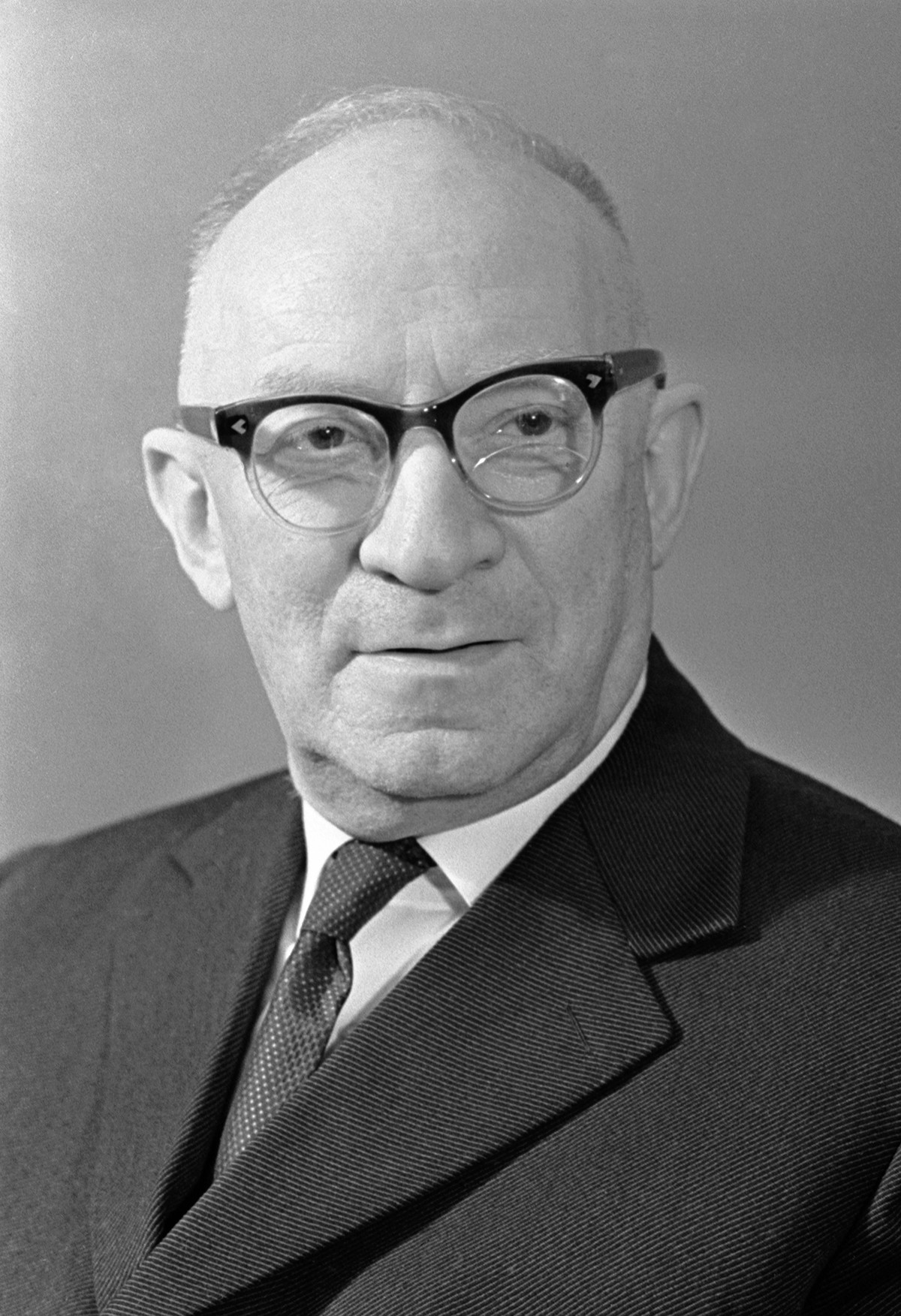
Click here to see the cover.
This Soviet economist focused on the Soviet economy and tried to revitalize it, though unsuccessfully. His ideas were also implemented in East Germany, a close ally of the USSR at the time.
45. Alexei Leonov, March 1965
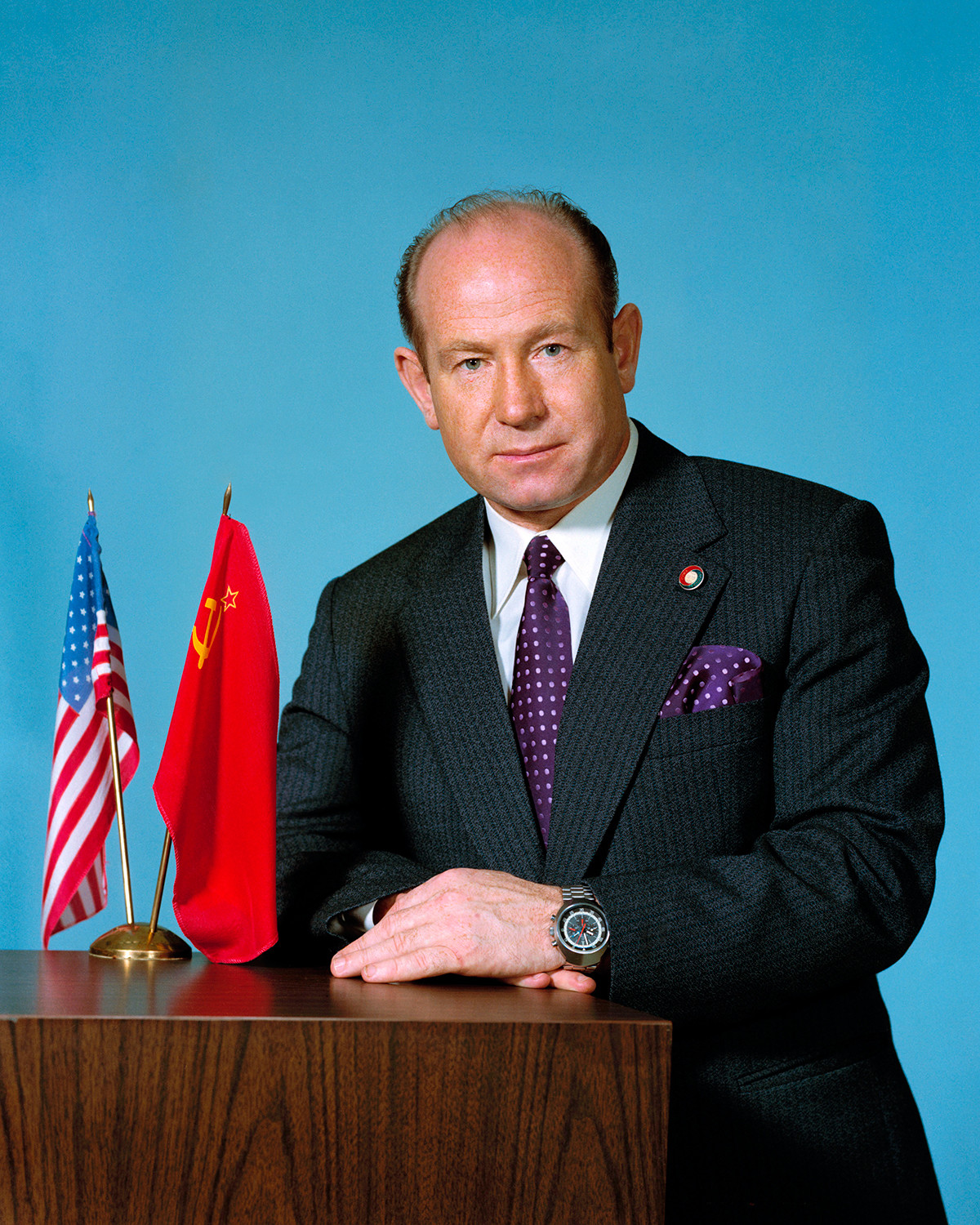
Click here to see the cover.
Leonov went down in history as the man who conducted the first spacewalk in human history.
READ MORE: The story of Alexei Leonov, the first man in outer space
46. Marc Chagall, July 1965
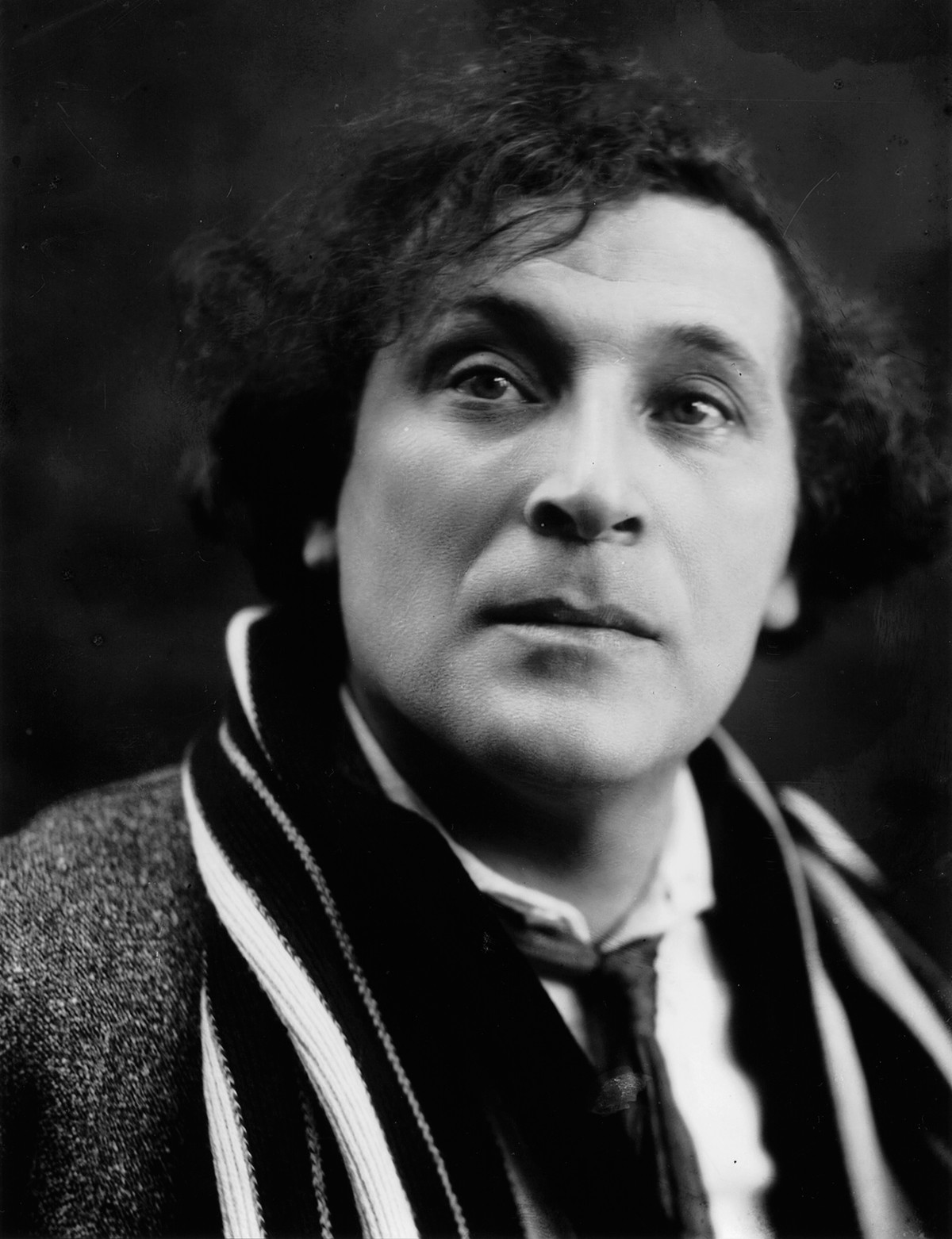
Click here to see the cover.
Marc Chagall was a Russian-French artist of Belarusian Jewish origin. He was known as a pioneer of modernism and as a major Jewish artist.
READ MORE: Marc Chagall’s bittersweet impressions of Russian life
47. Adm. Sergei Gorshkov, February 1968

Click here to see the cover.
In 1968, Time Magazine said the Russian Navy was a new challenge at sea for the U.S. fleet and presented Admiral Gorshkov as the face of the new threat, because he oversaw an expansion of the Soviet Navy into a global force during the Cold War.
48. Alexander Solzhenitsyn, Sept. 1968

Click here to see the cover.
This writer exposed the horrors of Stalin’s terror in his books and received a Nobel Prize for literature in 1970.
READ MORE: 5 reasons you must know Alexander Solzhenitsyn
49. Vladimir Nabokov, May 1969
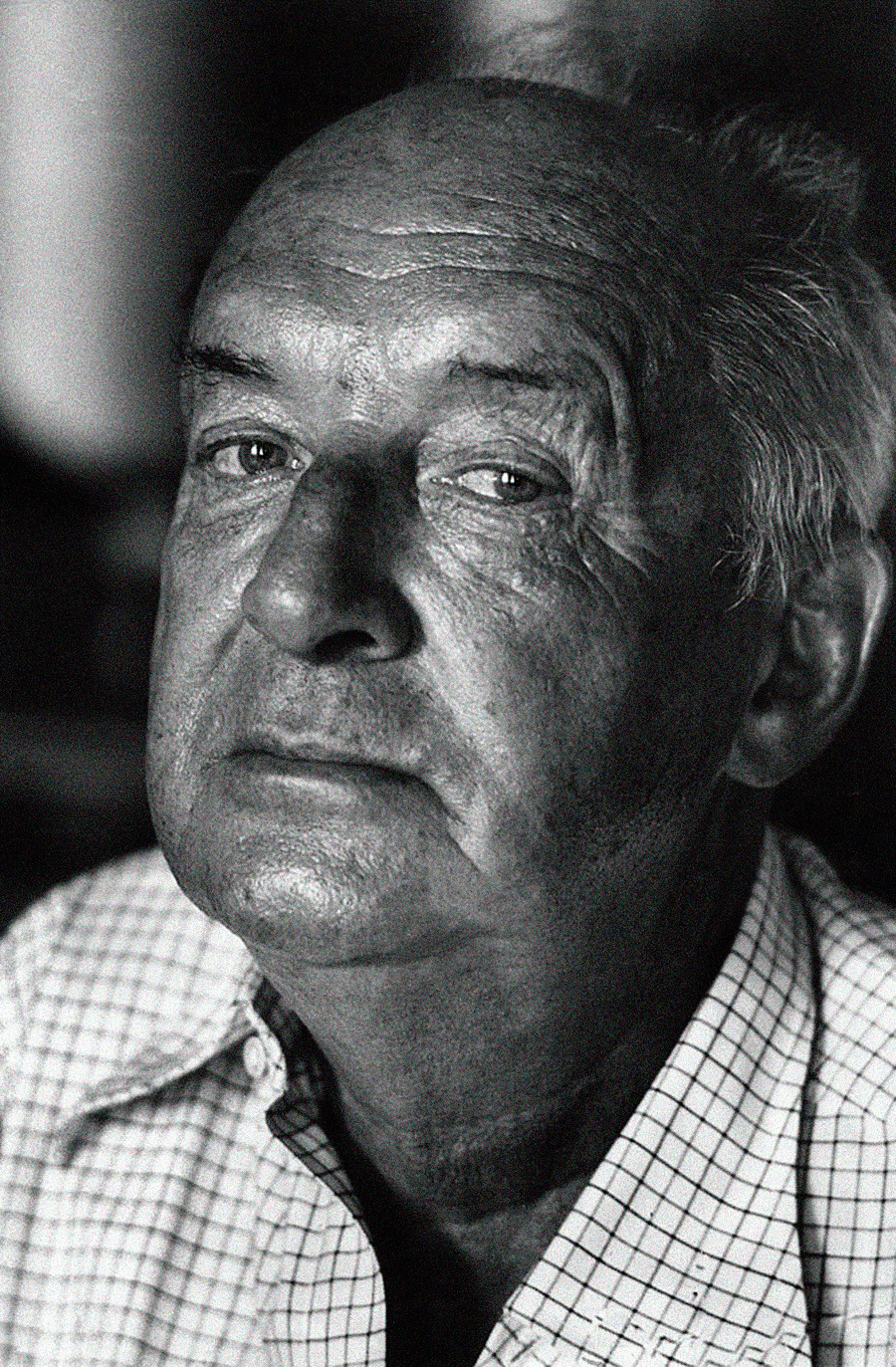
Click here to see the cover.
This Russian-American novelist, poet and translator achieved international prominence after moving to the United States. One of his most notable works is the scandalous and provocative novel ‘Lolita’.
READ MORE: 7 reasons why we adore Vladimir Nabokov
50. Anatoli Shcharansky, July 1978
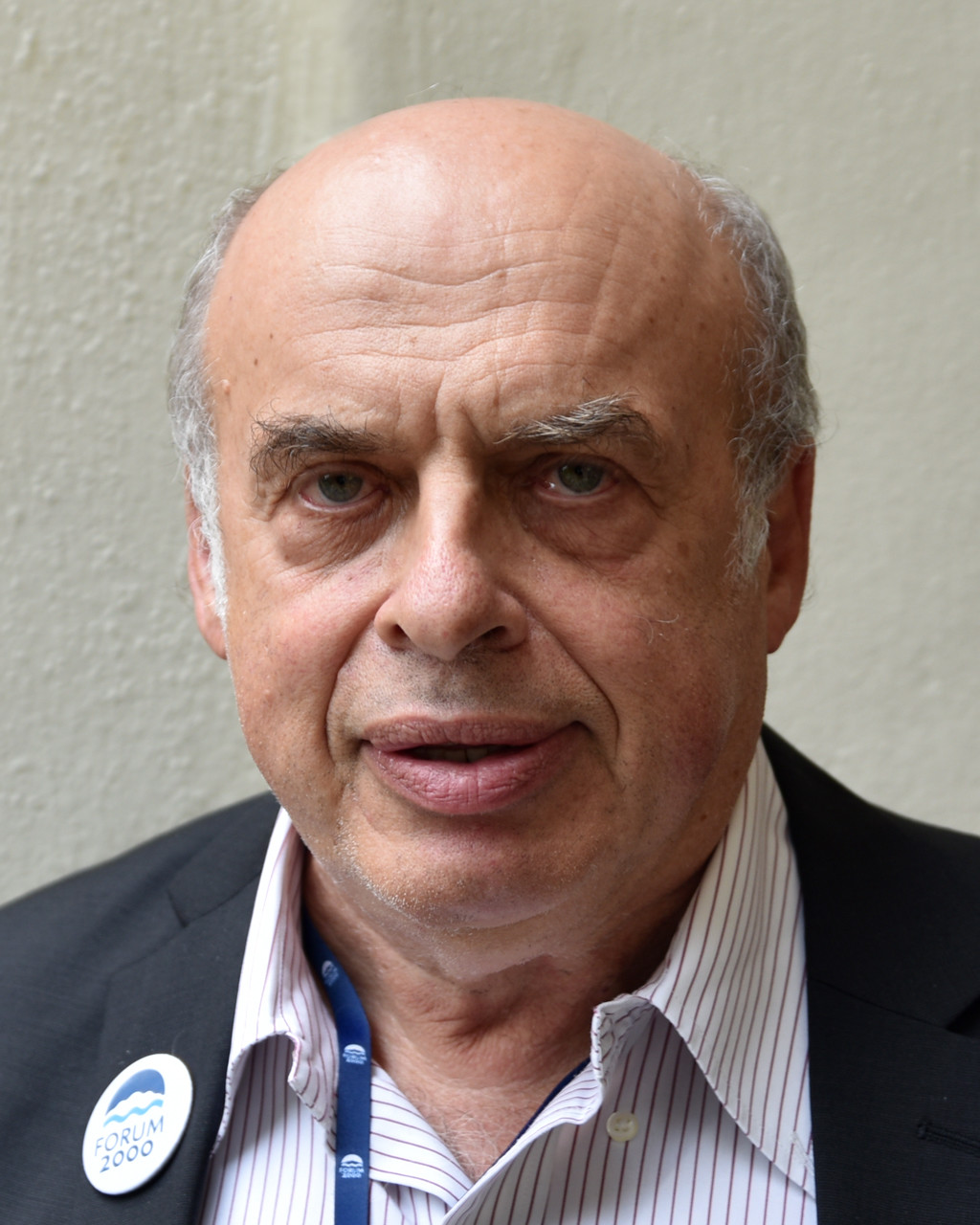
Click here to see the cover.
Natan Sharansky, as the man is currently known, is an Israeli politician today. He was arrested in the USSR in March 1977 on multiple charges, including high treason and spying for the Americans. After release from prison, he immediately emigrated to Israel.
51. Yuri Andropov, November 1982
Click here to see the cover.
Yuri Andropov became the sixth leader of the Soviet Union when he had succeeded Leonid Brezhnev.
READ MORE: 5 facts about Yuri Andropov, the only KGB agent to rule the USSR
52. Mikhail Gorbachev, July 1987
Click here to see the cover.
The last leader of the Soviet Union is widely believed to have helped end the Cold War.
READ MORE: Mikhail Gorbachev’s 4 main achievements in the international arena
53. Raisa Gorbacheva, June 1988
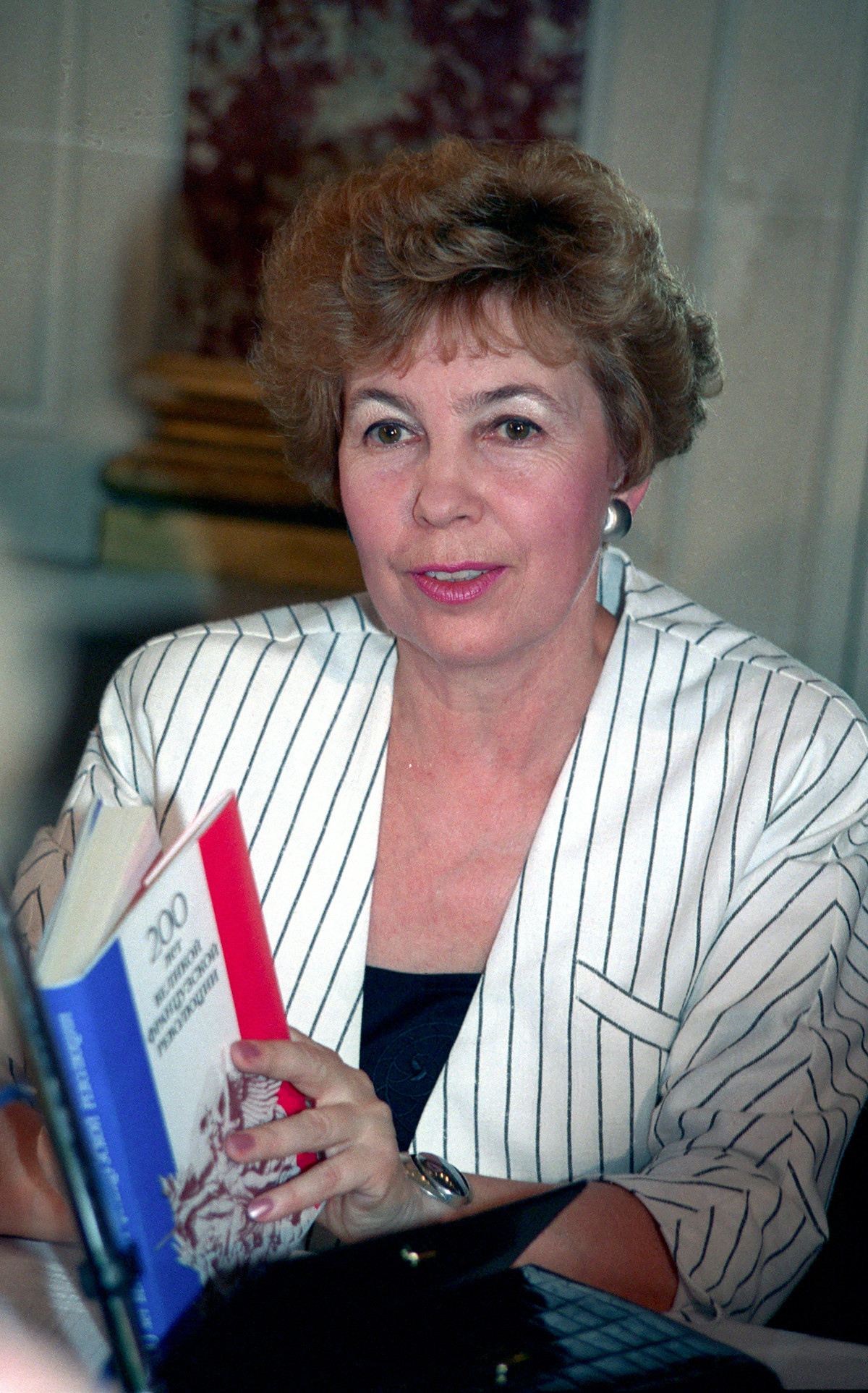
Click here to see the cover.
The first lady of the Soviet Union and wife of Mikhail Gorbachev, Raisa was also an activist who raised funds for the preservation of Russian cultural heritage, fostering new talents and treatment programs for ill children.
READ MORE: The Soviet state’s most famous first ladies
54. Andrei Sakharov, May 1990
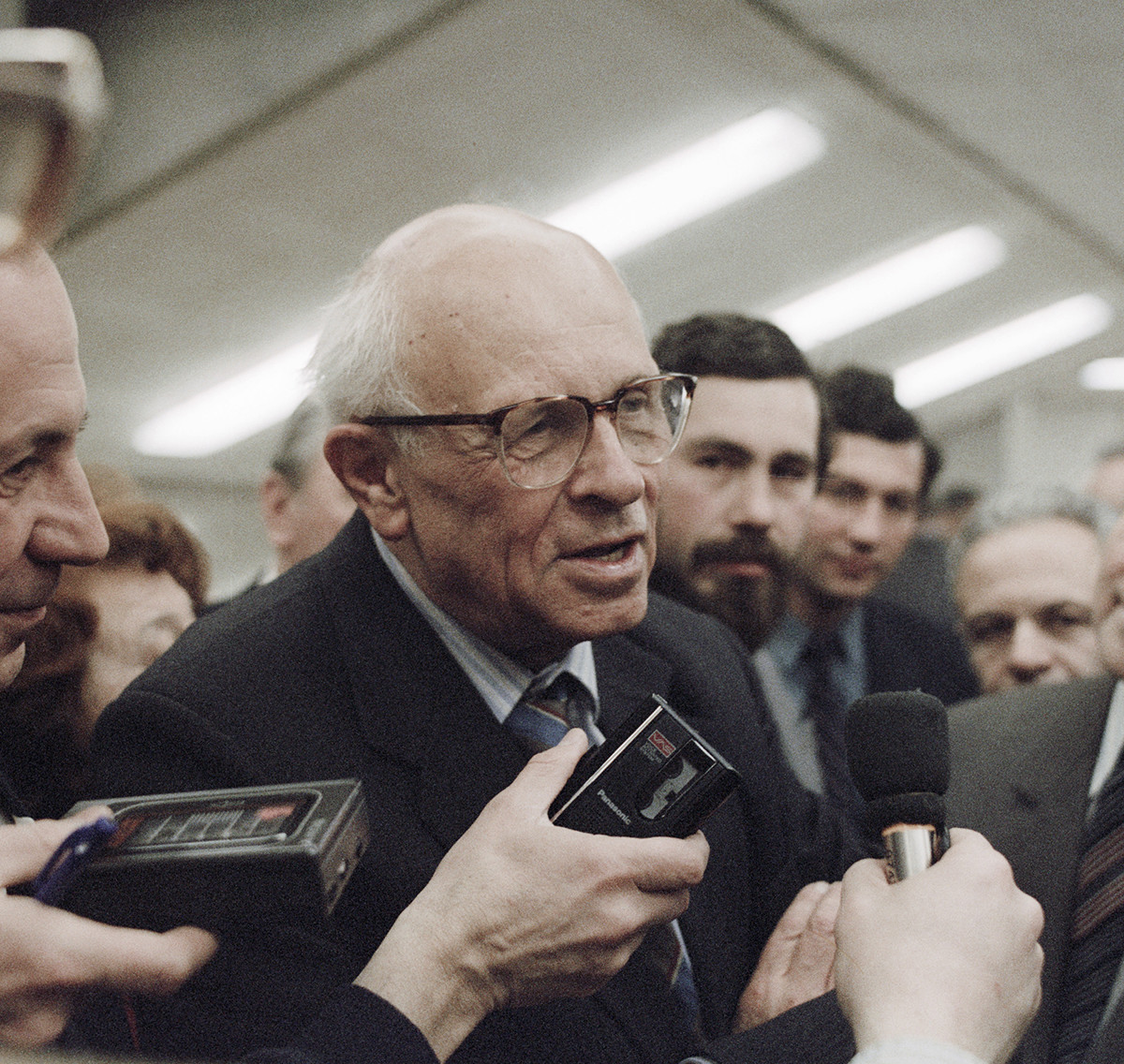
Click here to see the cover.
The father of Soviet thermonuclear weapons, Sakharov is also known as an activist for disarmament, peace, and human rights and as a Nobel laureate.
READ MORE: Andrei Sakharov: ‘Nuclear war might come from an ordinary one’
55. Boris Yeltsin, July 1996
Click here to see the cover.
Russia’s first democratically elected president was instrumental in switching Russia into a market economy after decades of planned and state-regulated economy in the USSR. Yeltsin pioneered the liberalization of the ruble and privatization, the practice of selling state-controlled assets to private individuals, in order to solve the mounting problem of a bulging budget deficit. Yeltsin renounced his presidency on New Year’s eve on December 31, 1999.
READ MORE: How Boris Yeltsin, Russia’s first president, resigned
56. Vladimir Putin, December 2007
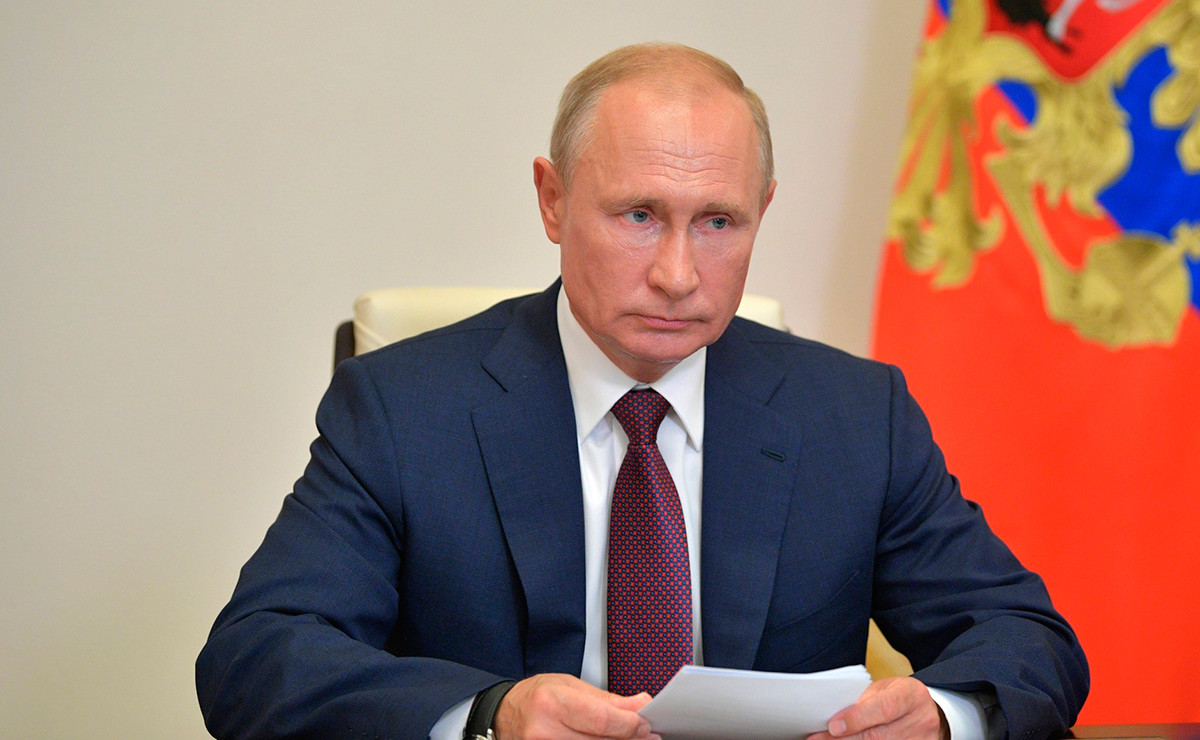
Click here to see the cover.
The acting Russian president and a former KGB agent is an ongoing fascination – or sometimes a scapegoat – for journalists and the public all over the world.
READ MORE: What Putin looked like before he became president (PHOTOS)
57. Pussy Riot, 2012
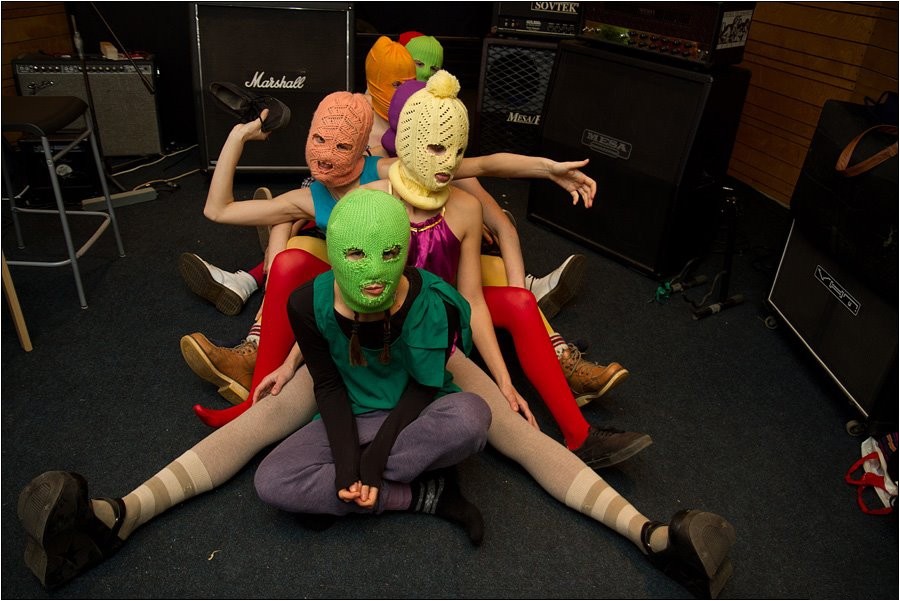
Click here to see the cover.
This feminist protest punk rock and performance art group appeared on the Time cover in 2012, when the magazine featured a list of 100 influential women of the world.
Click here for a list of 10 of the most successful and famous people throughout Russia’s history.
If using any of Russia Beyond's content, partly or in full, always provide an active hyperlink to the original material.
Subscribe
to our newsletter!
Get the week's best stories straight to your inbox
